Roland Jupiter 4
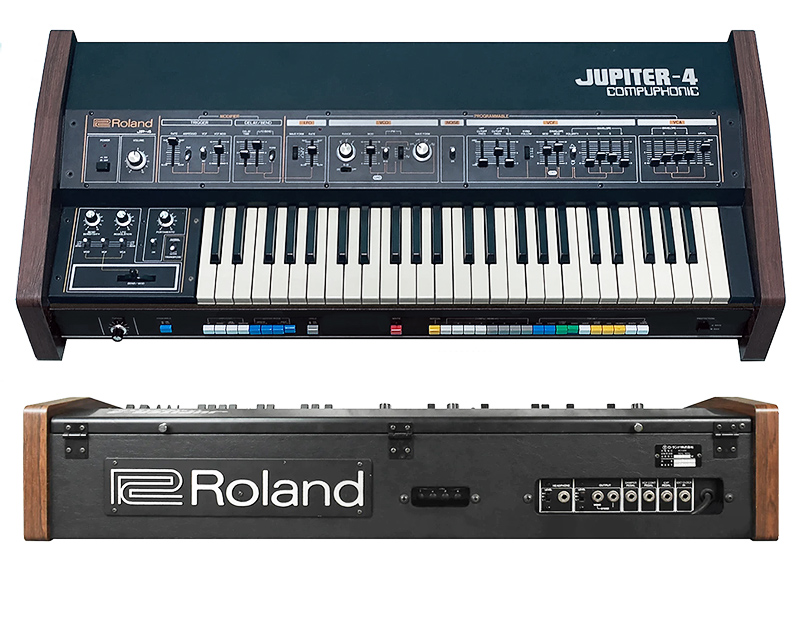
The Roland Jupiter-4 (JP-4) was an analog synthesiser manufactured by the Roland Corporation between 1978 and 1981. It was notable as the company's first self-contained polyphonic synthesiser, and for having digital control of analog circuits (termed "Compuphonic" by Roland), allowing for such features as programmable memories and voice assignment modes. Priced at US$2,895, it was cheaper than polyphonic machines from its competitors (such as the Yamaha CS-80, Korg PS-3300, Prophet-5 and Oberheim OB-X). However, it did not sell well in comparison. (These poor fortunes were reversed on the release of its successor model in 1981, the popular Jupiter-8.)
Roland Jupiter 8
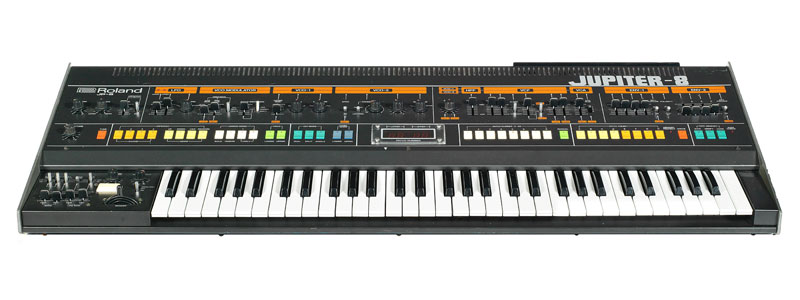
The legendary Jupiter-8 from 1981, once the flag-ship synthesiser from the Roland stable & the most powerful polyphonic performance synthesiser in the world against which all others were measured, with 2 oscillators per voice, 8 note polyphony, split & layer keyboard ability & more. No midi functionality with this one because MIDI hadn't been invented yet, but these iconic synths go for silly money secondhand if you can find one. Pictured above is Alan Wilder's Jupiter-8 from Depeche Mode which sold at Bonham's auction house in 2018 for £10,000 (US$ 13,088). Now they cost even more secondhand, famous ex-owner or not.
The Jupiter-8's two oscillators each delivered a choice of Triangle, Sawtooth, Square, Sine, Pulse & Noise waveforms & featured Pulse Width Modulation as well as extensive Modulation choices.
The 61 note keyboard offered 3 keyboard modes - Whole: any 8 note polyphonic patch is played across the entire keyboard.
Split: 2 patches are split across the keyboard with 3 octaves at the top and 2 octaves at the bottom, each delivering a 4-note poly patch.
Dual: 2 independent patches can be layered at 4-note poly across the entire keyboard.
The Jupiter-8 also had a sophisticated arpeggiator which amongst other things could work in the bottom 2 octaves leaving the upper 3 for playing polyphonic chords and patterns over the top. Patch storage was a huge 64 slots, each holding 8 pairs of patch presets.
What hasn't been said about this synth? Listen to the endless demos across Youtube to give you some idea of it's depth & range of sounds.
Emulations of the Jupiter-8 are available from various software houses as a plugin from the likes of Arturia & Ik Multimedia as well as the TAL-J-8 & even Roland themselves make a software plugin version. Roland's current Jupiter-X super-synth claims to get you there as near as dammit, but the REALLY interesting bit is suggestions that Behringer might be working on a full analog 'circuit accurate' reproduction, which is entirely possible given the other amazing re-masters of the classics they have delivered so far.
Sequential Circuits Prophet 5
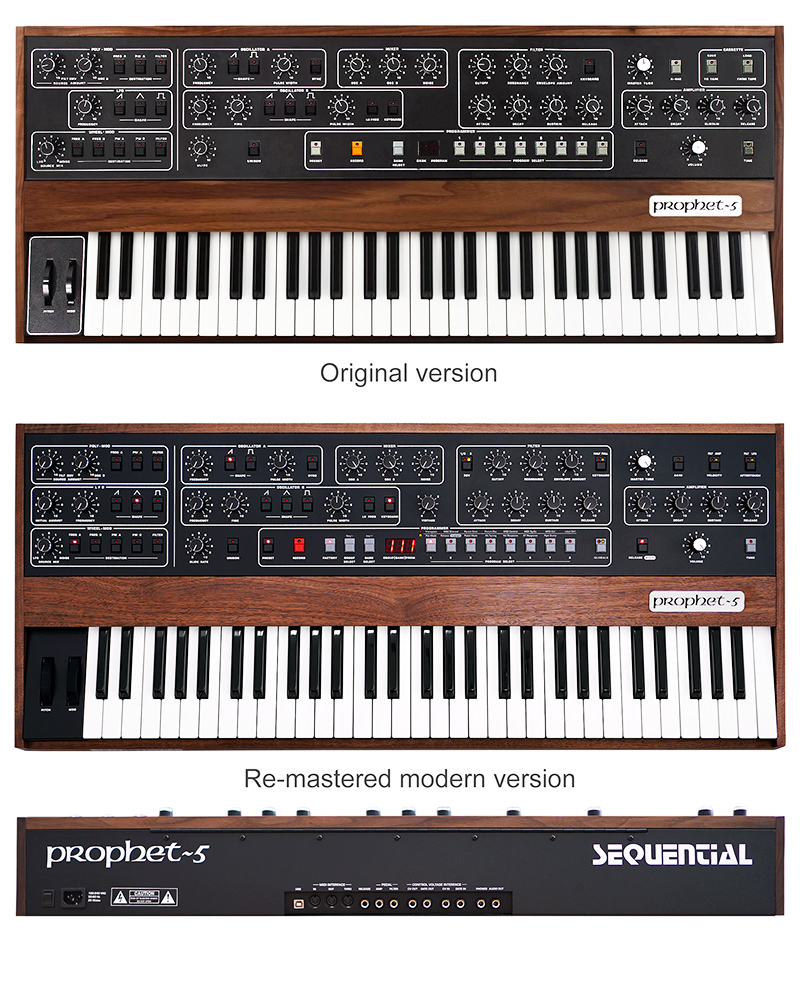
The Prophet-5 first appeared in 1978 at Winter NAMM, and astonished everyone, including industry competitors who were simply unprepared for what the Prophet-5 brought to the table. It was the first synth ever to use a microprocessor and allowed musicians to save & load created patches from memory. The world's first ever programmable polysynth!
The Prophet-5 was a 5 note polyphonic synth powered by two Oscillators per voice with choices of Triangle, Pulse & Sawtooth waves with Sync and PWM features. The filter is a 24dB/Octave resonant low-pass type, and there are individual 4-stage envelopes for both filter and amplitude. The Prophet-5 also introduced an innovative 'Poly Mod' section providing powerful modulation ability.
The Prophet-5 was hugely popular with the professional musicians who could afford the massive $3995 price tag & was used by all the big names... It basically re-defined what the modern synth was.
Dave Smith the synth's creator described the early days of the Prophet-5: "The demand for the Prophet-5 was incredible. For the first several years we simply couldn’t keep up. Artists and their management would call our offices begging us to sell them whatever we had. It was a crazy time."
But cheaper digital synths came along in the 1980's starting with the ubiquitous Yamaha DX-7 & Sequential eventually ceased Prophet-5 production and the company folded in 1987 with Yamaha buying all their assets including the Sequential brand name. Dave Smith went on to work for Yamaha and then Korg where he developed the Wavestation & other instruments. Eventually he formed a new company in 2002, Dave Smith Instruments, releasing a new and very popular catalog of synths starting with the Mono Evolver... but the Prophet story still wasn't finished.
In 2015 Yamaha returned the Sequential name to Smith & he created a new version of the original Prophet-5, the 6-voice Sequential Prophet-6, featuring the same all analog synth engine & signal path as before, but with added enhancements such as studio-quality effects, a polyphonic step sequencer, an arpeggiator, and more.
Finally in 2018 Dave Smith Instruments re-branded as Sequential & in 2020 the new Prophet-5 was released.
The new Sequential Prophet-5 costs around £2900 GBP in keyboard form, while the desktop module version is around £2000 GBP.
Roland TB-303
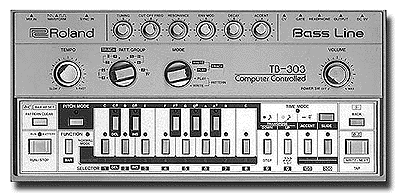
The classic acid bassline synth released in 1981. Only around 10,000 units were ever made & Roland ceased production in 1984. The classic TB-303 has been much imitated over the years, with units in good condition now going for silly money. TB stands for Transistorised Bass.
The TB-303 was originally created to DIN sync with the Roland TR-606 Drumatix analog drum machine, providing musicians with a drum & bass backing ensemble, but it's legendary status of course came out of the old Acid & Rave scene where no other synth or sound could touch the TB-303 when it came to that mystical act of pushing the ebbing & flowing acid waves along.
The TB-303 is a mono-synth with a single VCO oscillator which can be switched between Square & Sawtooth wave shapes. The Filter and Filter Envelope Mod & Decay controls are the bits that do the twiddling & give it that edge, and while the TB-303 actually used a 24dB/Octave Lo-Pass filter, quirks in its designs made it sound less steep, more like 18dB/octave, & even when pushed hard it doesn't stray into self-oscillation.
Note Steps are inputted using the by now established Roland sequencer row of buttons, with Accent, Slides & Note Length (tied notes across more than one 16th step) being inputted as well as Octave to push sounds up/down 12 semitones on any given step. It's the combination of the Slides and Accent working with the filter which gives it that flow.
Many many clones have come along over the years, starting in software form with the famous old ReBirth from Propellerhead & indy softs like the Bioroid Creakbox, while a slew of boutique hardware houses created close copies in the 1990's which spawned everything from from the original Basstation to the Syntechno TeeBee, the original MAM bass-lines, the Control Synthesis Deep Bass 9 and many more.
Best Software emulations:
AUDIOREALISM ABL
D16 Group PHOSCYON
Hardware emulations of note:
Cyclone Analogic TT303
DYLAB: DINSYNC RE-303
Ladyada x0xb0x
MAM MB33
Oakley TB-3031 & TB3030 (dual unit)
Roland TB-03 (analog modelling)
Behringer TD-3
The best value circuit accurate clone has to now be the fantastic Behringer TD-3 for the staggeringly low price of around £100 GBP. Behringer also do a 'DevilFish' emulation version with lots of added extras for a few dollars more. Perfect for all your Psy-Trance & Hard Floor needs.
Never heard one because you've been living in a cave for the last 40 years? Try Acid Air Raid by Solar Quest (George) on Youtube or for a classic taste.
Sequential Circuits Pro One
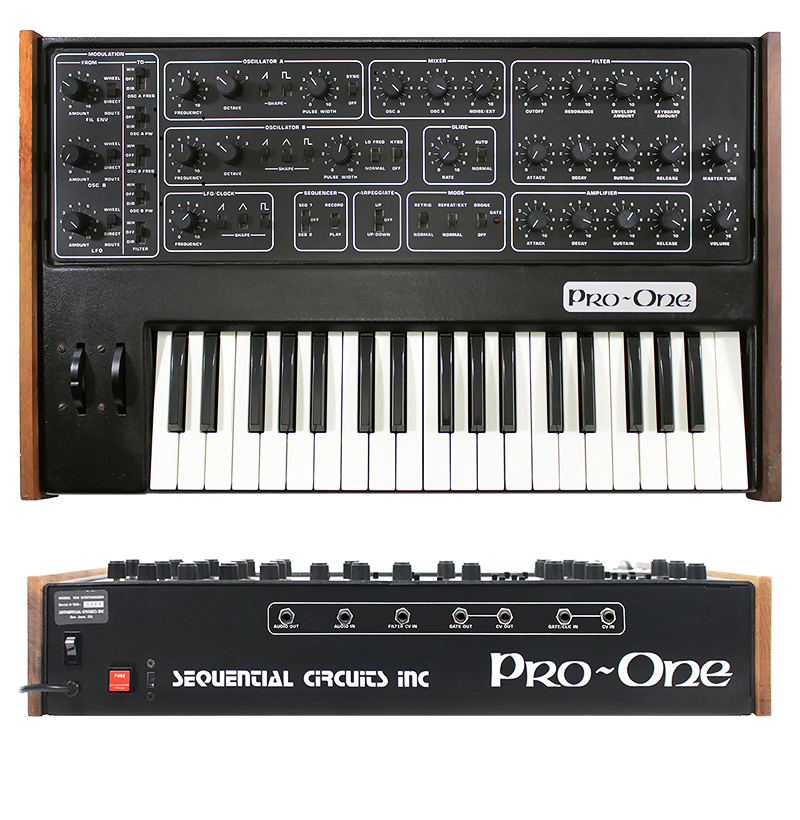
Released February 1981 for an initial UK price of £416 GBP, the Pro-One was Sequential’s first mono synth and was essentially a single voice from the Prophet-5, but also featured its own sequencer and arpeggiator. The Pro-One was a very successful synthesiser and has found its way onto countless recordings, both at the time of its release and onwards to today.
The Pro One is a two Oscillator VCO synth with Pulse Width modulation & Oscillator sync. The 2nd Oscillator can be switched into Low Frequency option to function as a modulator giving the synth Frequency Modulation ability. The 3rd wave source can be either a Noise generator or an external audio input, meaning you can process external audio with the Pro One. All three wave generating bits are mixed together at the desired blend in the Mixer section and then fed to a 24dB/Octave Low-Pass filter.
The Pro One offers a very comprehensive selection of Modulation choices via its clever Modulation matrix switching section which allows Modulators to be fed to destinations directly on buses or via the Mod wheel. All of this allows the Pro One to deliver warm and fat all the way to hard as nails & metallic sounds. In summary, this synth can really Spank!
The Pro One has a crafty Glide control which offers standard Glide between notes with a speed control to adjust transition time, while the 'Auto' setting yields Legato transitions when a note is played before the previous note is released, but other wise stays out of the way allowing normal staccato playing. The Pro One also features a basic 16 step sequencer which clocks to the LFO speed & has two banks, A & B with all notes having the same step duration. The arpeggiator is also decent. play two or more notes on the keyboard, and the Pro-One plays them in The arpeggiator can function UP or UP/DOWN and can be latched by playing a chord and moving the sequencer Play/Record switch to Record. Switch back to Play & it un-latches again. The Pro One also has CV and Gate inputs and outputs on the back, and the Gate input will trigger the Sequencer or the Arpeggiator.
Do you want one? Well you're in luck because Behringer (yes, them again) make a tweaked faithful reproduction which is as cheap as chips & sounds right on the money, so now there's no excuse.
Korg Polysix
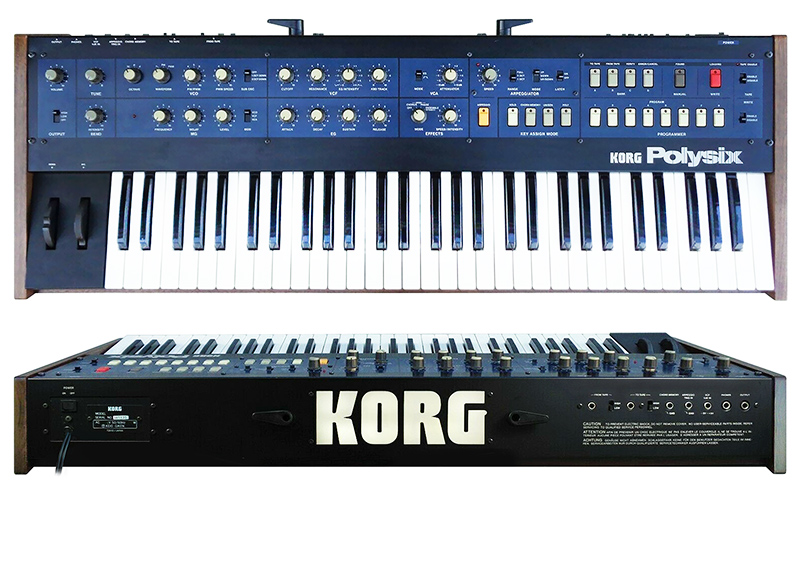
The Korg Polysix (PS-6) is a six-voice programmable polyphonic analog synthesiser released by Korg in 1981 & often referred to as "The poor mans Prophet" at the time because the PolySix was the first programable Polysynth that broke the 2000US$ & £1000 GBP barrier making it extremely affordable, and it sold in very large numbers as a consequence!
The synthesiser's main features are six-voice polyphony (with unison and chord memory voice assignment modes), 32 memory slots for patches and cassette port for backing up patches, and an arpeggiator.
At the time of its release, the Polysix, along with the contemporary Roland Juno-6, was one of the first affordably priced polyphonic analog synthesisers. It cost about twice as much as the competing Juno-6 but had more features. It also had on-board patch storage and backup which the cheaper Juno lacked until the upgraded Juno-60 model. Korg developed the Polysix with an eye on the Sequential Circuits Prophet 5, trying to provide some of the features found on the more expensive synth in a compact, reliable and much cheaper design. While not as powerful, it used SSM2044 4-pole voltage-controlled filters, giving the Polysix a warm, rounded, and organic sound. Although the Polysix only had one oscillator per voice, it also featured built in chorus, phaser, and 'ensemble' effects (using a 'bucket brigade' analog delay line design), to provide a fuller sound. You could also stack all 6 oscillators into a mono mode making huge lead sounds.
Oberheim OB-X
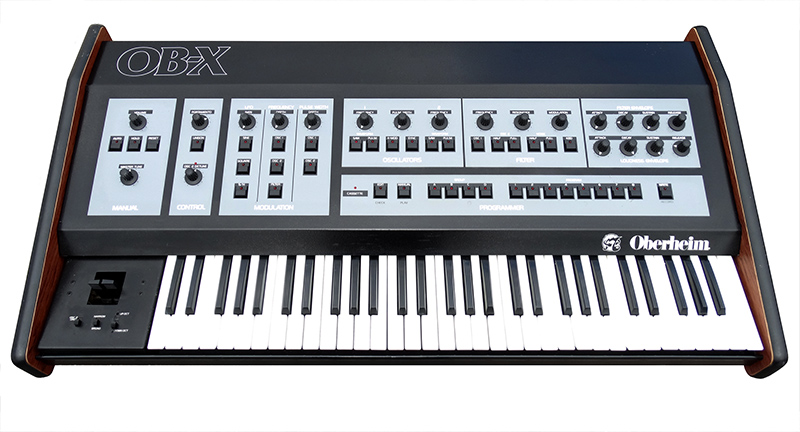
Released in 1979, the Oberheim OB-X was the first of Oberheim's OB-series polyphonic analog subtractive synthesisers. The OB-X was introduced to compete with the Sequential Circuits Prophet-5, which had been successfully introduced the year before.
Essentially the OB-X was six of Oberheim's previous SEM (Synthesiser Expander Module) mono-synth circuit boards, one for each voice, bolted to grouped controls on the front, with the six boards summed through the filter and amp envelope sections etc. The OB-X was suffixed with the 'X' to designate that the voices or polyphony could be varied depending on how many voice boards/cards were inserted & could be configured with 4, 6 or 8 voices/cards. The OB-X also featured a built in Zilog Z80 CPU which was common in many devices at the time including the Emulator & Prophet-5, and the computer handled tuning and patch memory tasks.
The OB-X was superseded a year later in 1980 by the OB-Xa which was essentially the same synth, but it now sported the classic Oberheim blue horizontal stripes design also featured on the DMX drum machine of the same year. The main difference with the OB-Xa was the use of Curtis chips rather than the discrete circuits of the original OB-X and the addition of a switchable 2-Pole 12dB/Octave or 4-Pole 24dB/Octave filter with added modulation abilities. The OB-Xa used a Curtis 3340 VCO, the 3310 voltage controlled envelope generator, the 3320 Voltage Controlled Filter & the 3330 Voltage Controlled Amplifier chips making in much more reliable & reducing circuit board production costs. The OB-Xa also added a split keyboard feature & the ability to layer or 'Double' sounds like the Jupiter-8 could do. The OB-Xa was most famously used on the track Jump by Van Halen.
Finally in 1983 the OB-Xa was replaced by the OB-8 which was fixed at 8 voices and added further upgrades.
Faced with stiff competition from the deluge of 1980's Japanese digital synth innovations combined with the introduction of MIDI, Oberheim went bust in 1985, was restructured and soldiered on making the initial Matrix series products before finally going broke again & being bought by Gibson in 1988, with the Matrix-1000 rack module being the last product made & released in the same year.
Yamaha CS01
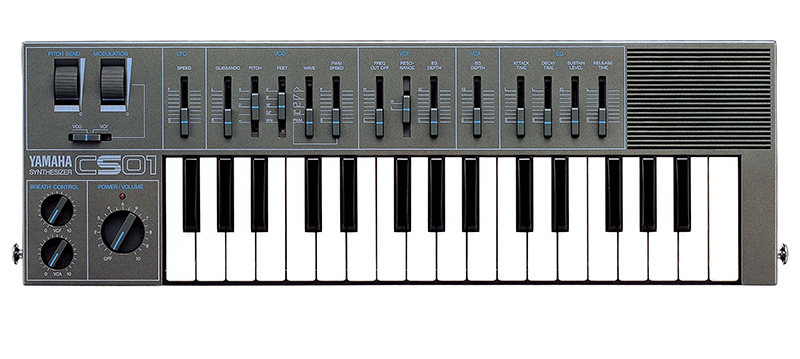
The CS01 was released in 1982 for a measly £189 GBP. Yes it's small & toy-like. Yes it runs of mains or batteries, but it's an all analog mono-synth dammit! The CS01 is packed with the results of Yamaha Synth Technology. VCO equipped with 5 types of sound source waveforms, low-pass filter, resonance, and EG depth. And EG adopts orthodox ASDR type. You can enjoy the fun of synthesising and the wide range of sound variations. Moreover, since it has a built-in 2-WAY speaker and a 2-way power supply system with AC / AA batteries, you can start playing anytime, anywhere. Headphone monitor is also OK. In addition, I was very conscious of the stage effect of standing play. Leave choking play to the pitch bend wheel, and vibrato and wah-wah to the modulation wheel. Another thing to watch out for is the breath controller (sold separately). You can develop a solo that is as good as a horn player.
Oberheim Matrix 1000
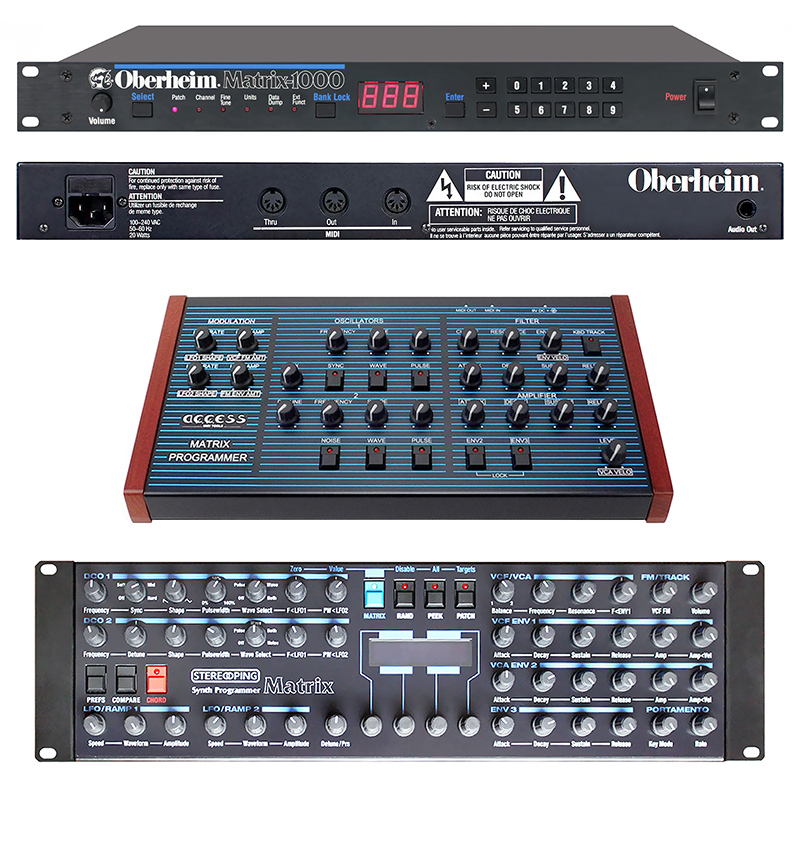
Launched in 1988 at £499 GBP the Matrix 1000 was a big seller on release but was popular again in the mid & late 90's when demand for affordable analog gear peaked & the Matrix 1000 was one fo the few cheap units yielding plenty of analog goodness. Fully midi controllable but using real analog signal path the Matrix 1000 offers 1000 preset voices (hence the name), and you get the genuine Oberheim filters & sound.
The Matrix 1000 is only 6 note poly & mono-timbrel with the sound engine being taken from the Matrix 6 synth and with only a single mono line out. Each voice features two syncable Oscillators, the classic Oberheim Voltage Controlled Filter, Noise, two Low Frequency Oscillators, three Envelope Generators, plus Tracking and Ramp generators. The Matrix 1000 has a very powerful modulation matrix allowing almost any destination to be modulated by any source & thus allows things like cross modulation between different parameters, almost like an FM synth and it does make some FM-like sounds, such as chimes & voice type patches but with the addition of real analog signal path to sound extra-cool. You can also stack all six Matrix 1000 voices in the Unison mode, transforming the Matrix 1000 into a twelve oscillator lead synthesiser.
The sounds are a mixture of all the usual analog Basses, Pads & Washes, Brass, Strings, & widdly stuff. You get a lot of presets, because you need a software or hardware editor to edit this thing. Of the 1000 patch slots, 800 are factory presets, with a further 200 patch slots available to save created/edited sounds if you have either a hardware or software editing unit to do the job as the unit has no editing controls at all.
Interesting bit of history btw. German company Access, famous now for their synths, started life making editor controllers to 'access' features of synths made by various companies, hence their name, and one of the synths they made a hardware editor for was the Matrix 1000 as shown in the image above. Stereoping also make a programmer shown in bottom of picture above & of course many software editors also appeared at the time to service the unit.
Studio Electronics ATC-1
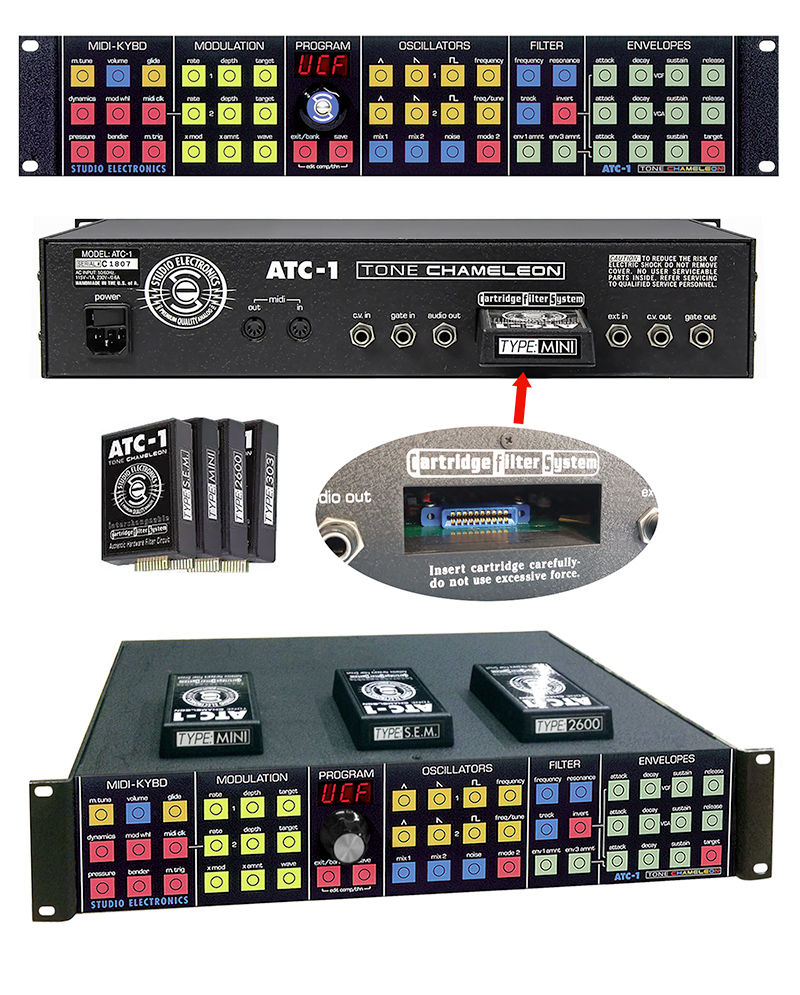
Who remembers this one from 1996? The ATC-1 was an all analog mono synth which featured a very unusual switchable plug-in filter cartridge system, giving the user the ability to instantly switch between four faithful reproductions of classic analog filters from famous machines. The plug in filter choices were:
MINI: the classic 24dB Minimoog filter.
303: the classic TB303 filter
SEM: Oberheim's 12dB Synth Module filter.
2600: ARP 2600 filter.
Filters were freely interchangeable, but if you wanted access to all 4 at once without unplugging and grovelling around around the back of your rack, then you could add the rack-mount filter bank accessory for a price of £149 GBP which accepted all 4 filters which were then easily accessible on the fly at the touch of a few buttons.
The ATC-1 featured 2 Oscillators: Both, both of which could do triangle, saw, and variable pulse waveforms. Other features include: Osc' 2 can be synced to Osc' 1, Oscillator cross modulation. 3 x four stage (ADSR) envelopes. Envelope 1 and 2 control the VCF and VCA. Destinations for envelope 3 include: VCF resonance, Osc 2 pitch, Osc 2 level, Osc 1 & 2 pulse width, LFO 1 & 2 depth, LFO 2 rate, X-Mod' amount, and Noise level.
The ATC-1 has 2 LFO's who's waveforms include: Triangle, Saw up, Saw down, Square, Random, and Noise. LFO destinations are: Osc 1 & 2 pitch, Osc 1 & 2 Pulse width, Osc 2 level, X-Mod amount, VCF Cutoff frequency, VCF Resonance, Noise level, and VCA.
The ATC-1 had comprehensive Midi Implementation:
Assignable to pitch bend: Pitch, Osc 1 frequency, and/or Osc 2 frequency, VCF frequency.
Assignable to aftertouch and/or mod wheel: VCF frequency, VCF resonance, Osc 2 frequency, Osc 2 level, Osc 2 pulse width, LFO 1 & 2 depth, LFO 2 rate, X-Mod amount, and Noise level.
Assignable to velocity: Envelope 1, 2 and 3 amounts, VCF frequency, VCF resonance, Osc 2 frequency, Osc 2 level, Osc 2 pulse width, and noise level.
Also receives: Program change, glide on/off, glide time, hold, and midi volume. VCO, VCF, Envelope, and Modulation parameters accessible via fixed continuous controller assignments.
Sends: System exclusive patch info and parameter value as controller info.
Other features included: Glide and auto glide: Glide pitch from note to note, or from a chosen interval up or down. Envelope inverting: with Invert Envelopes 1 and/or 3. Multiple trigger: Re-key envelopes 1 and/or 3. Free-run control: Configure envelopes 1 and 3 to act as LFOs. Midi clock to LFO 2: Sync LFO to incoming midi clock info. Select from seven different beat divisions.
The ATC-1 also featured an audio input & CV and Gate in and out. Total memory was 512 patches in RAM.
The ATC-1 launched in 1996 for a typical price of £900 - £1000 GBP, but the price dropped within a couple of years to a very reasonable discounted price of around £599 GBP.
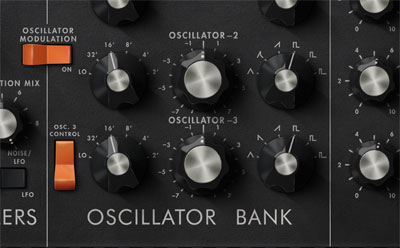
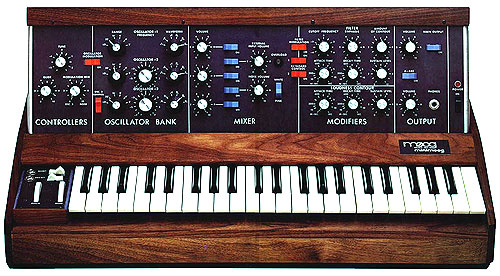
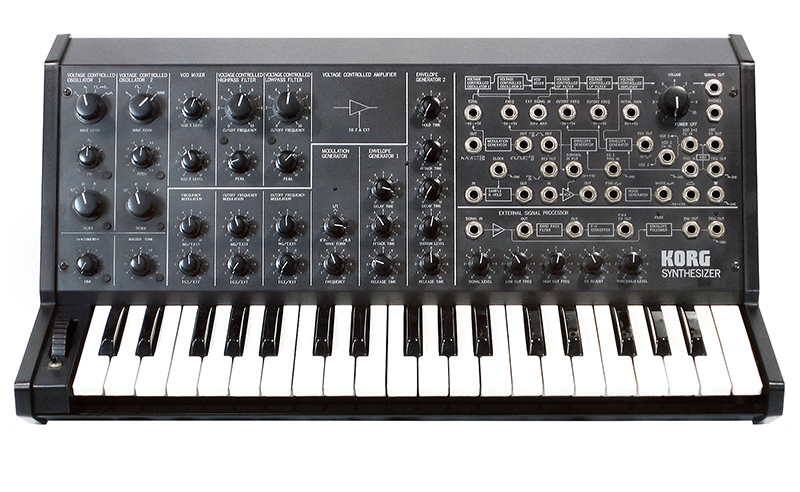
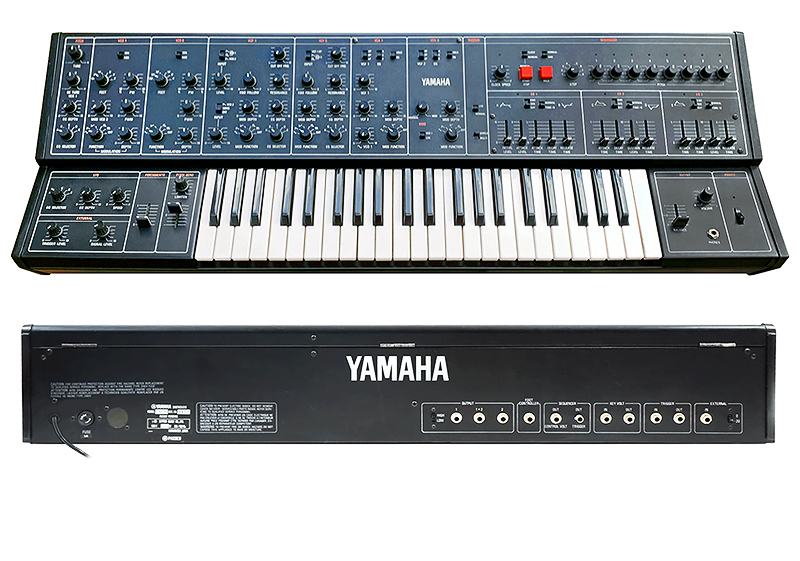

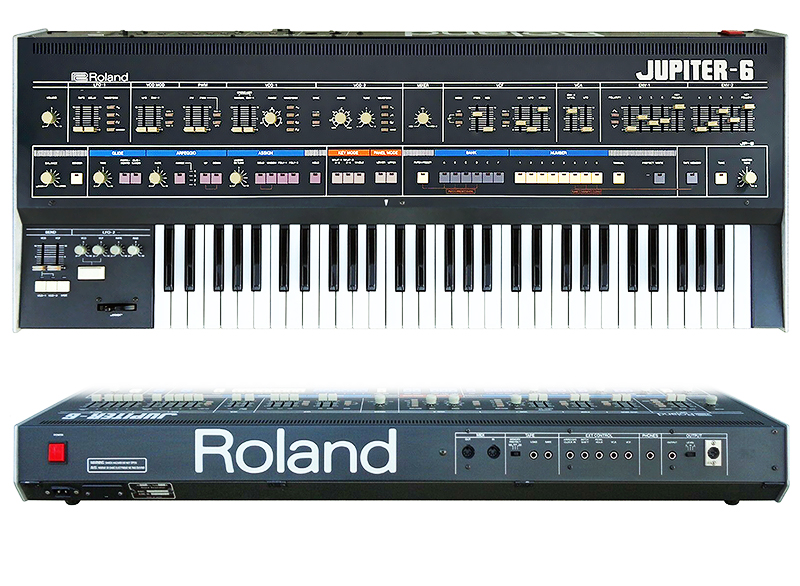







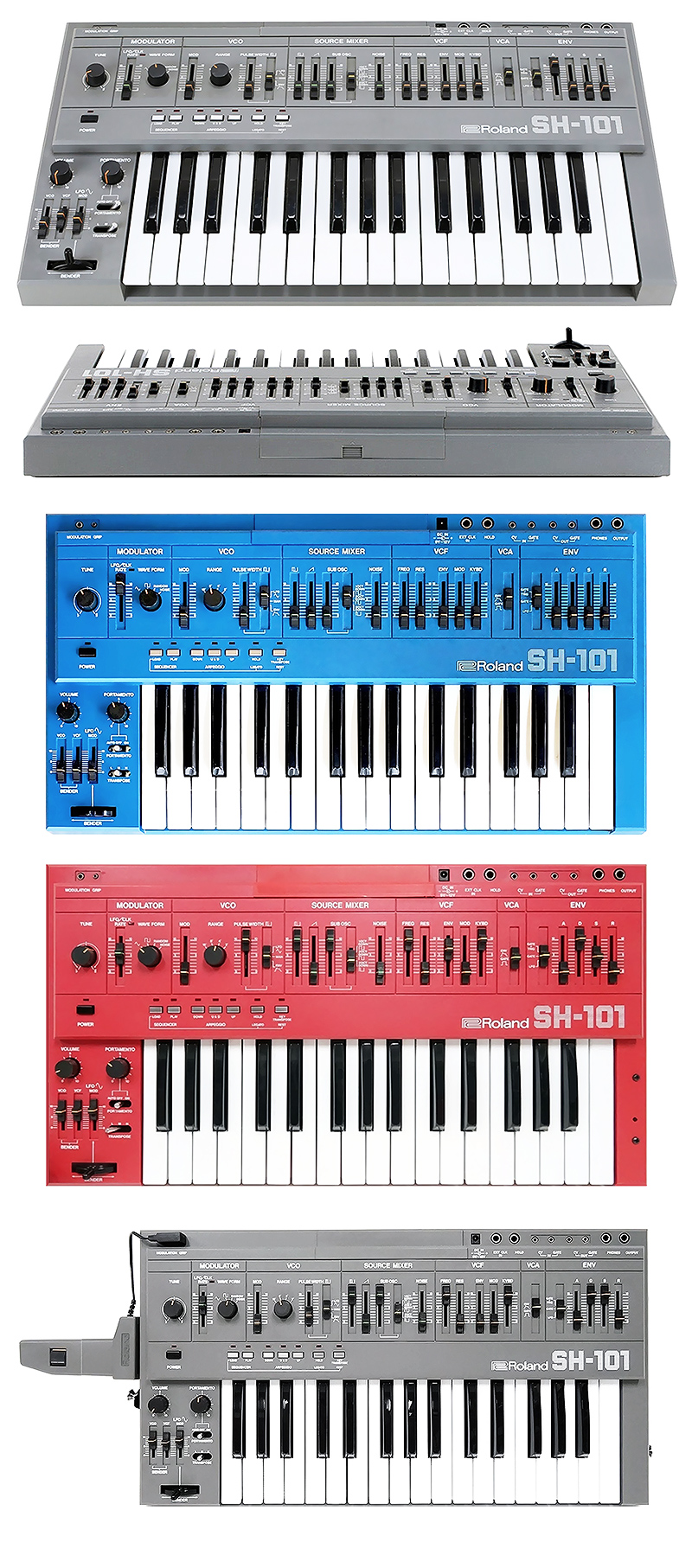

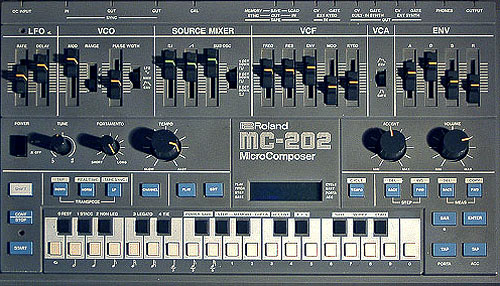
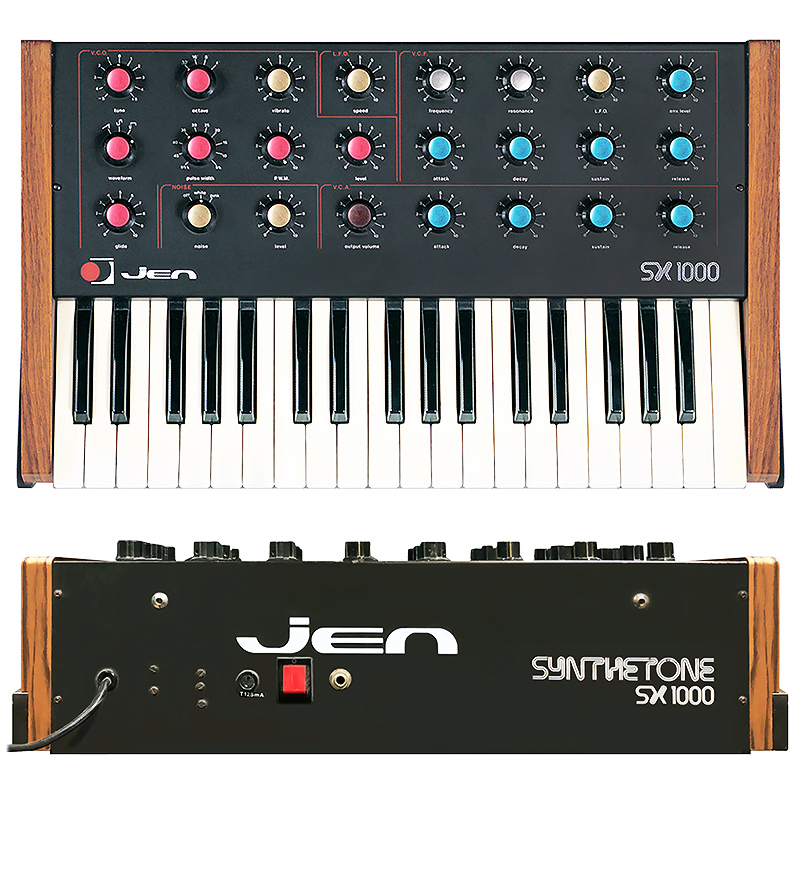
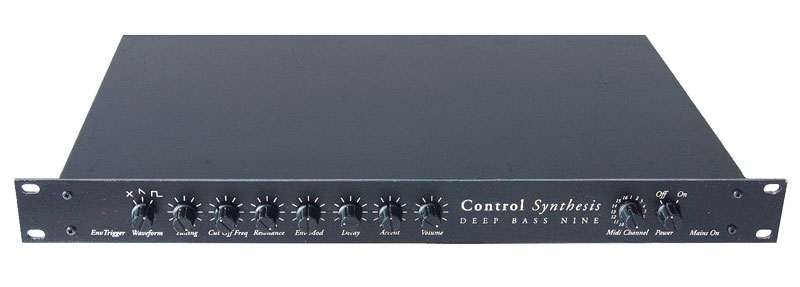
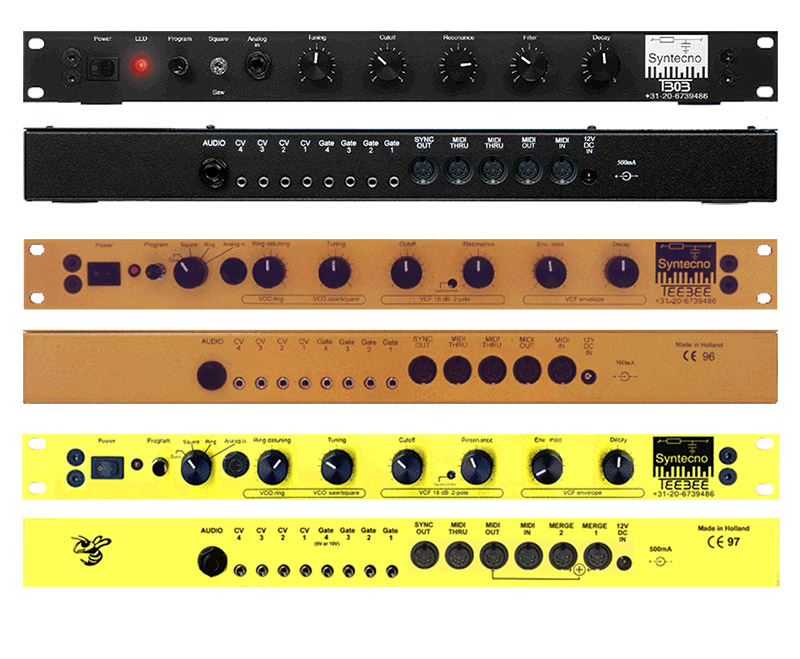

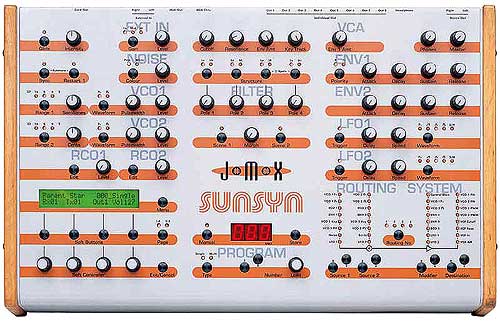
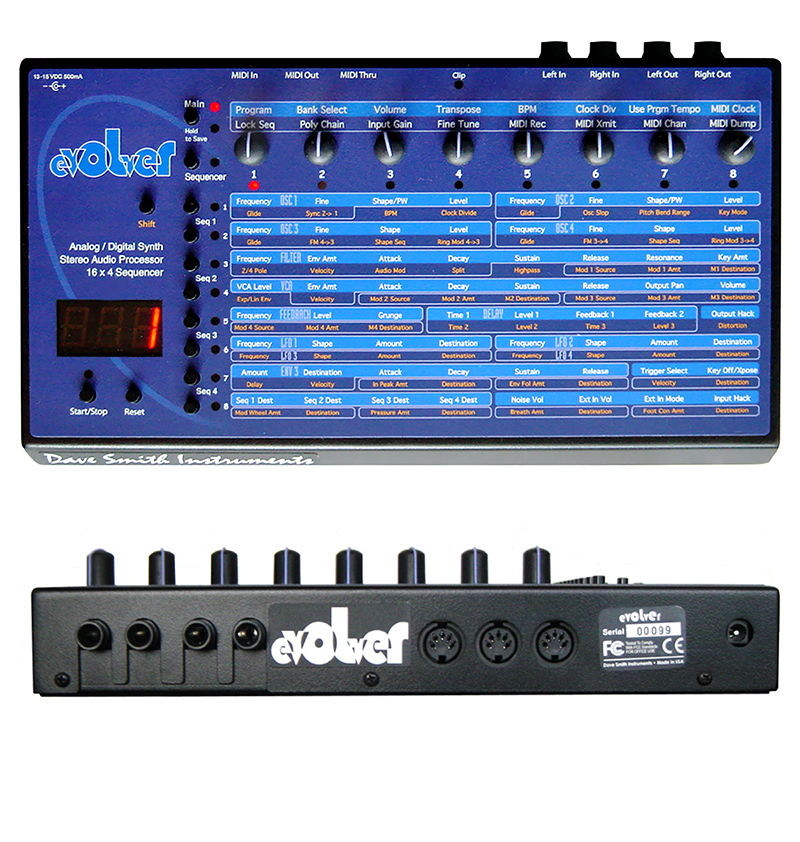
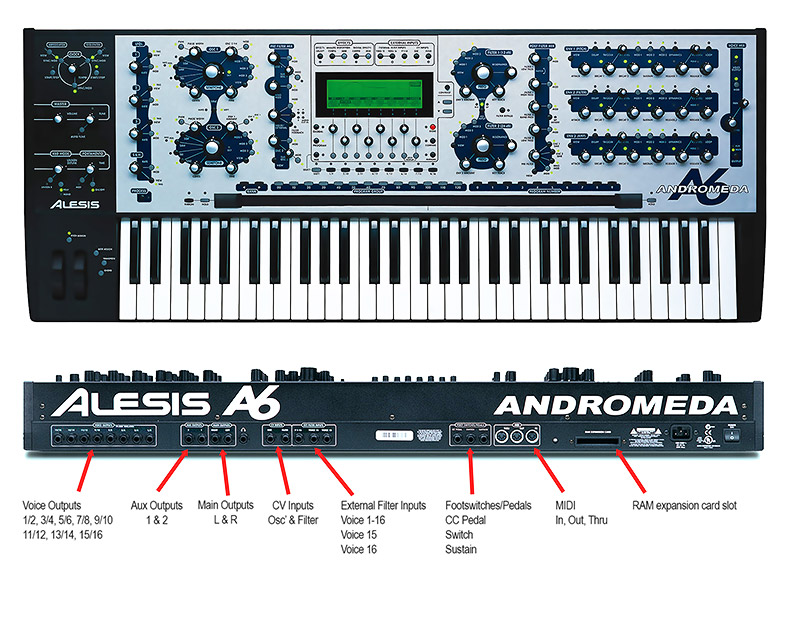
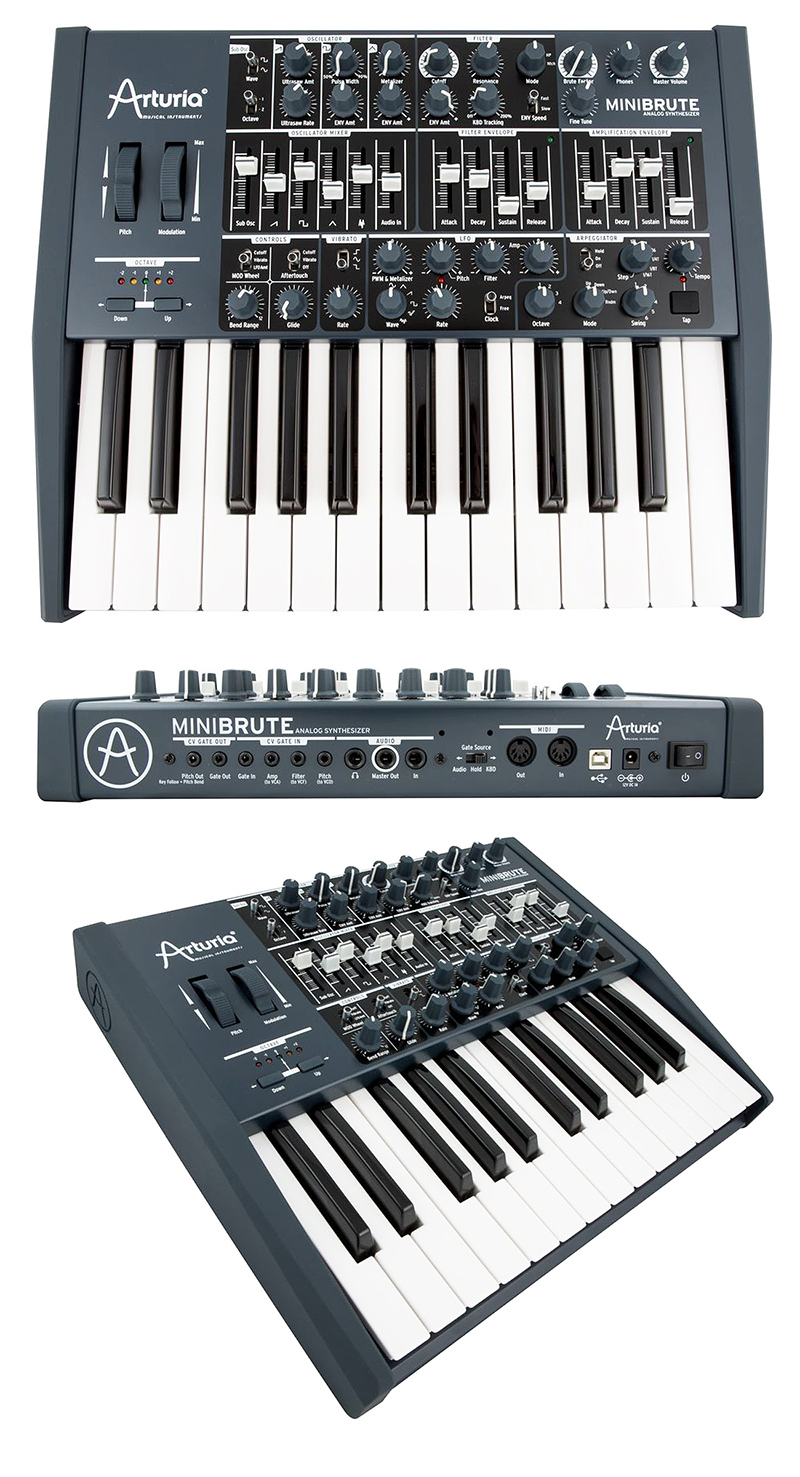
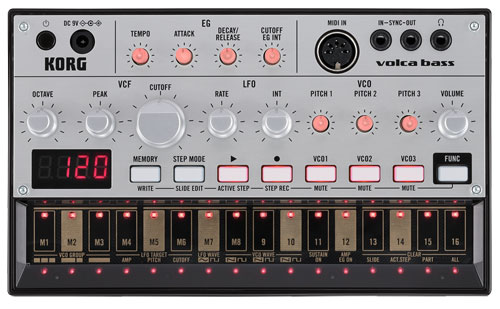
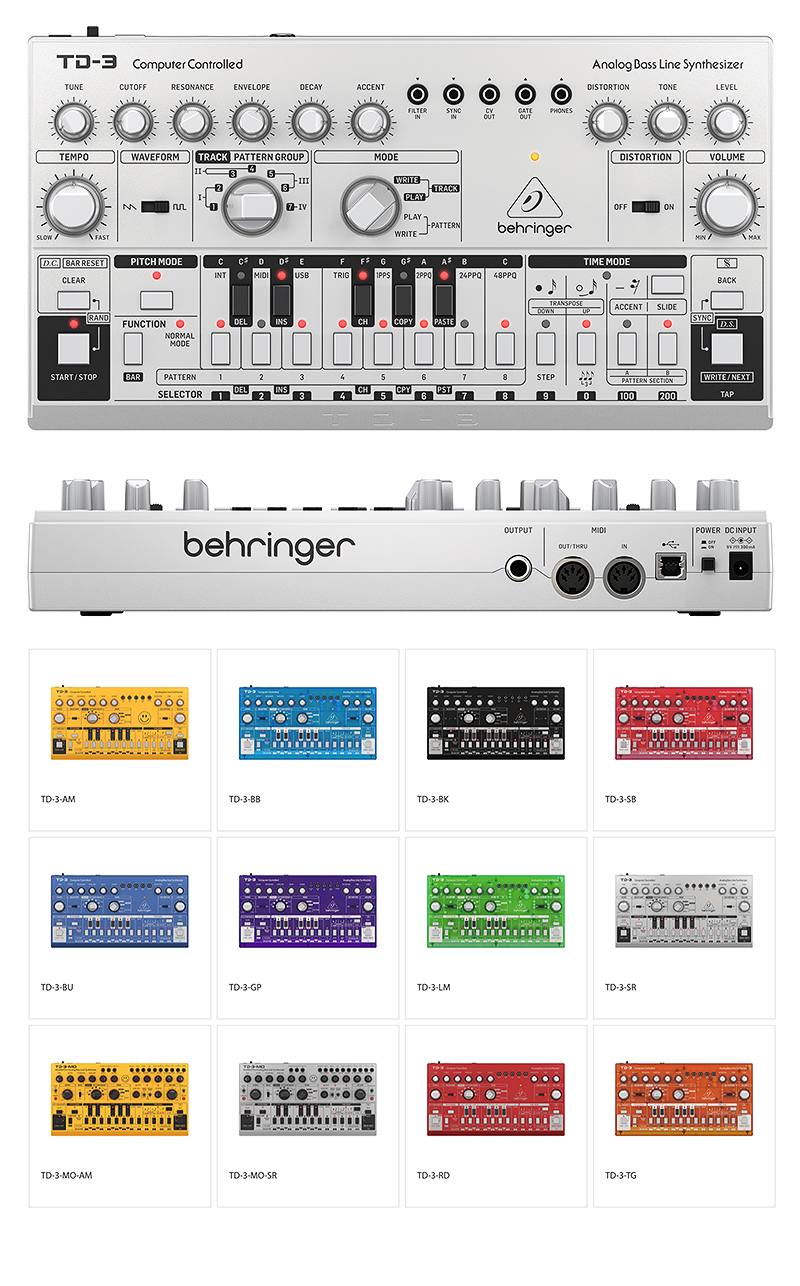
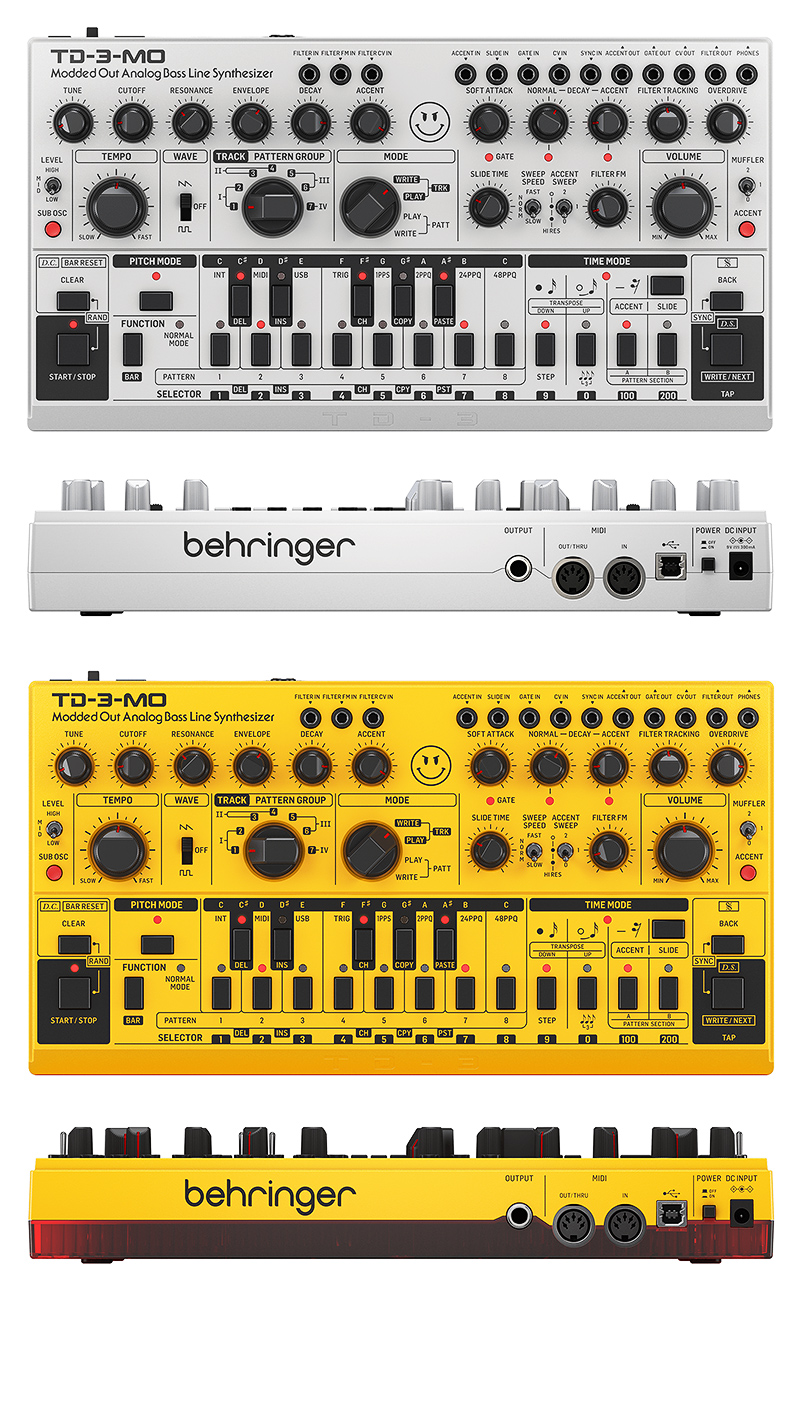
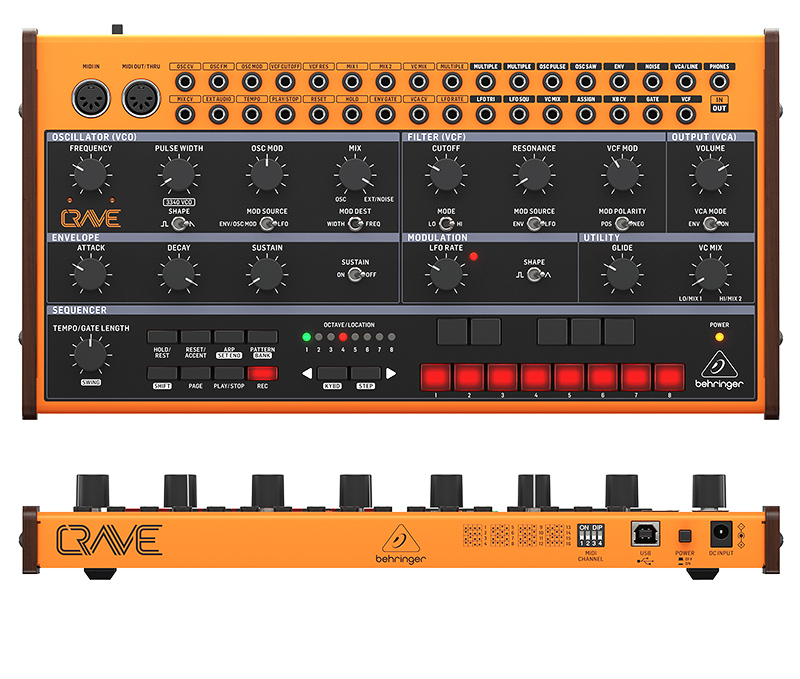
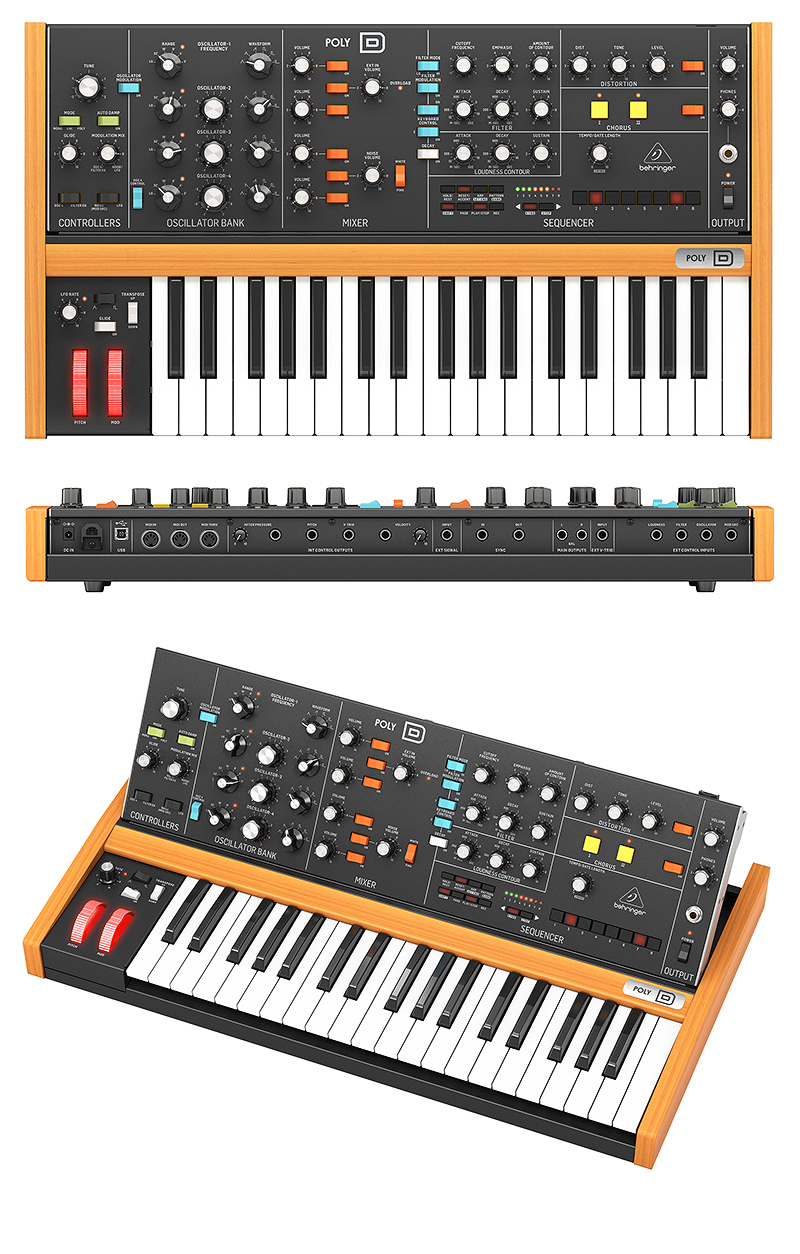
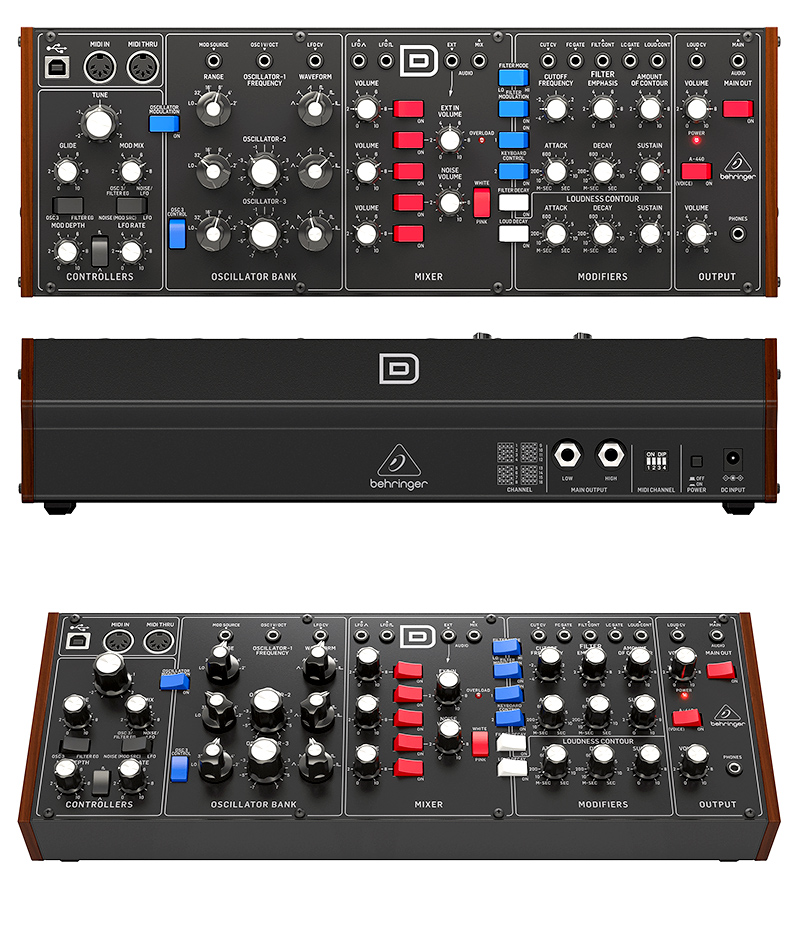
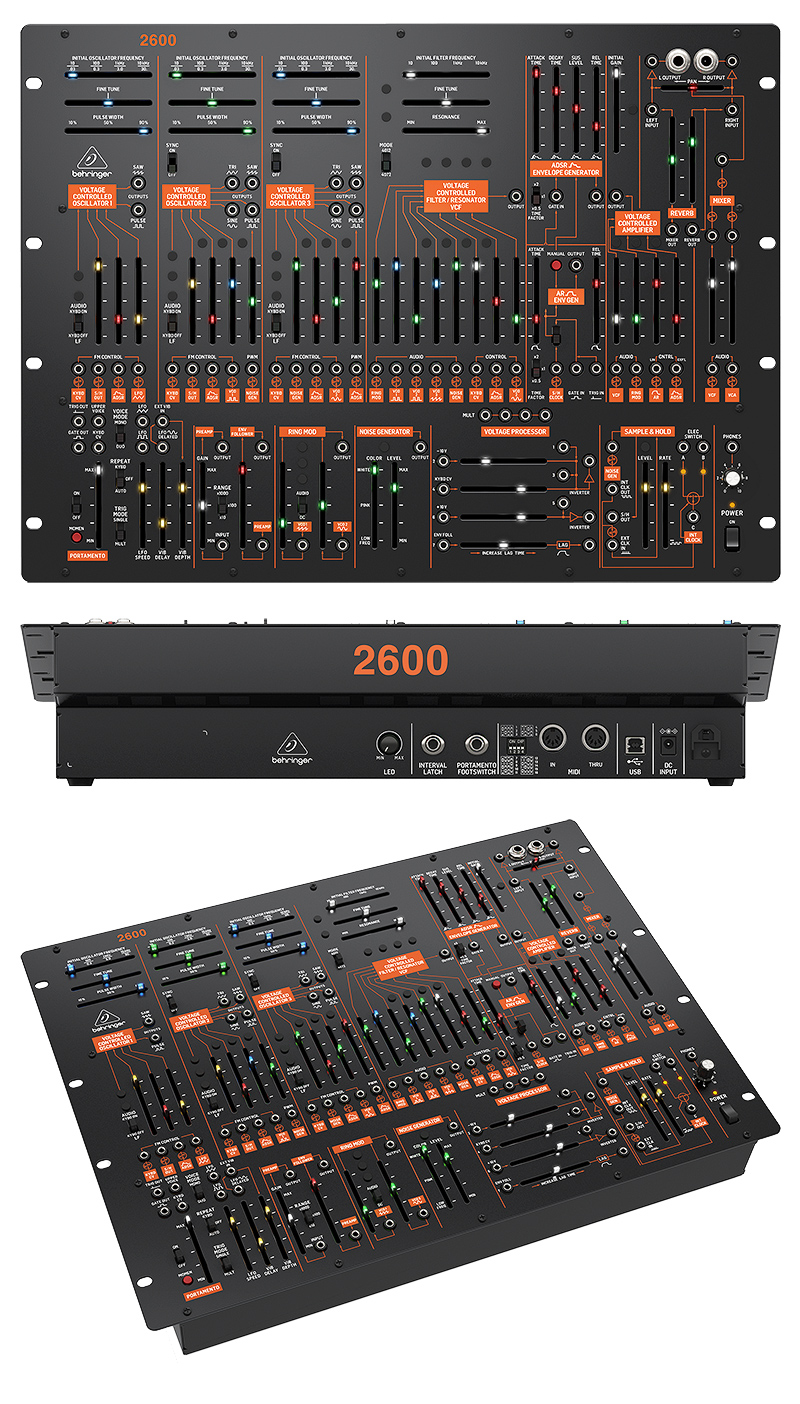
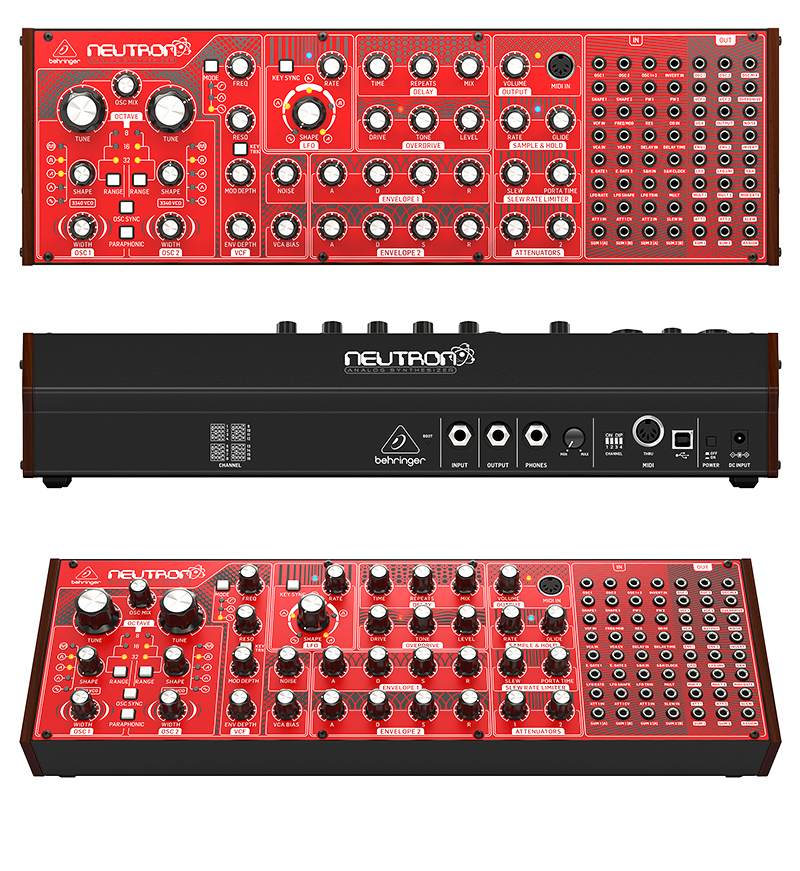
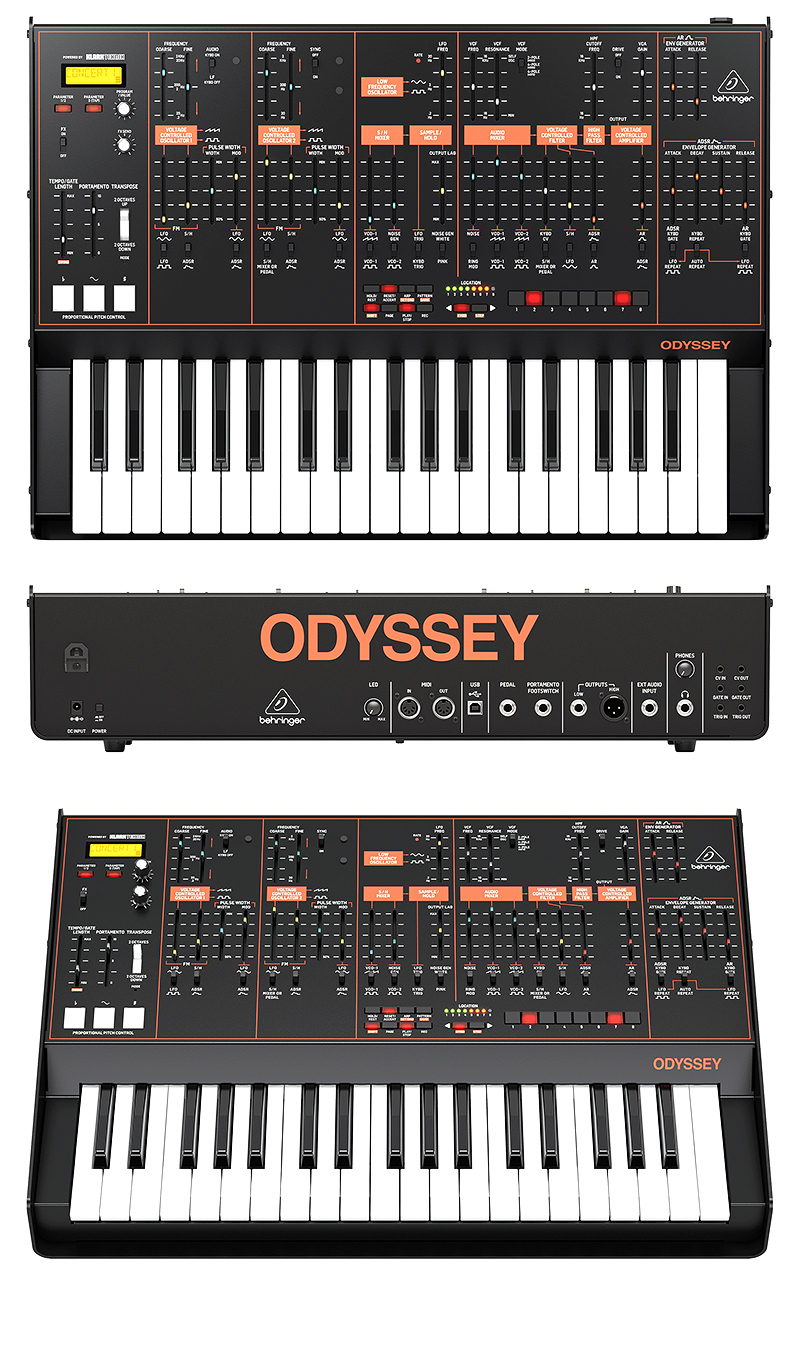
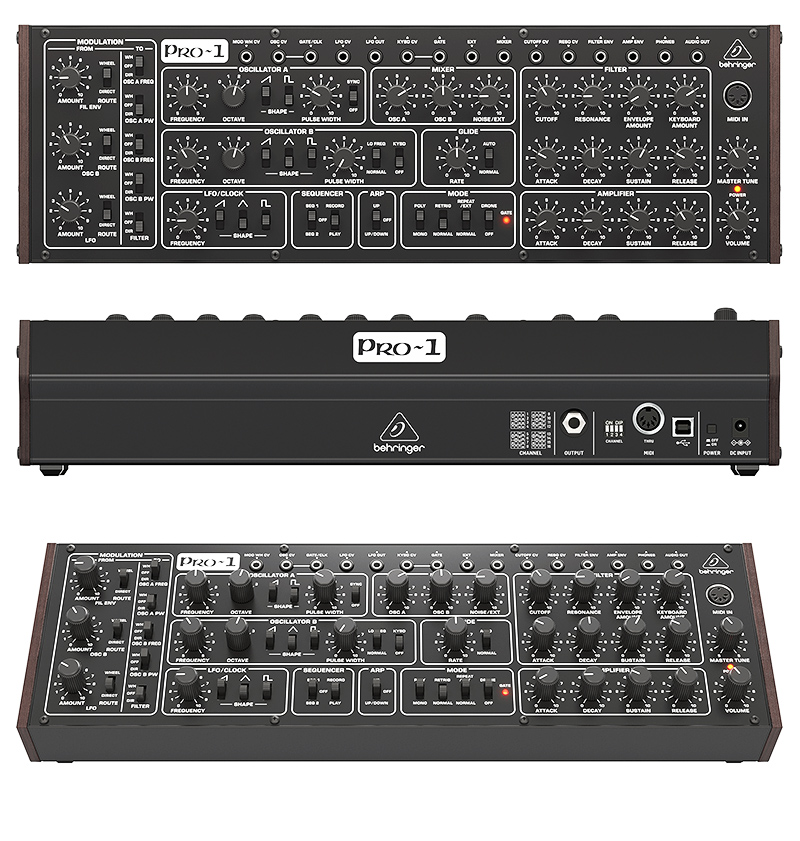
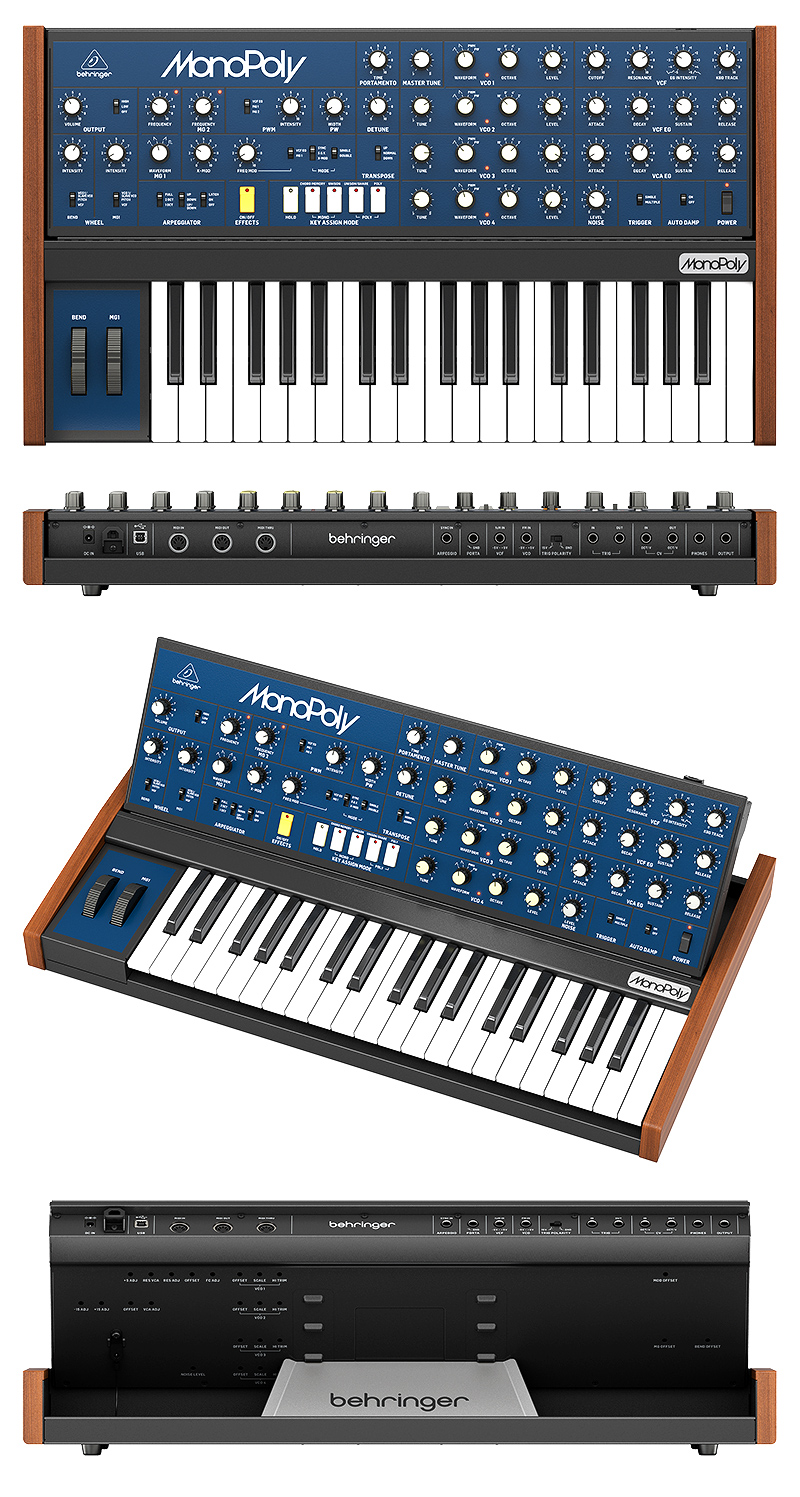
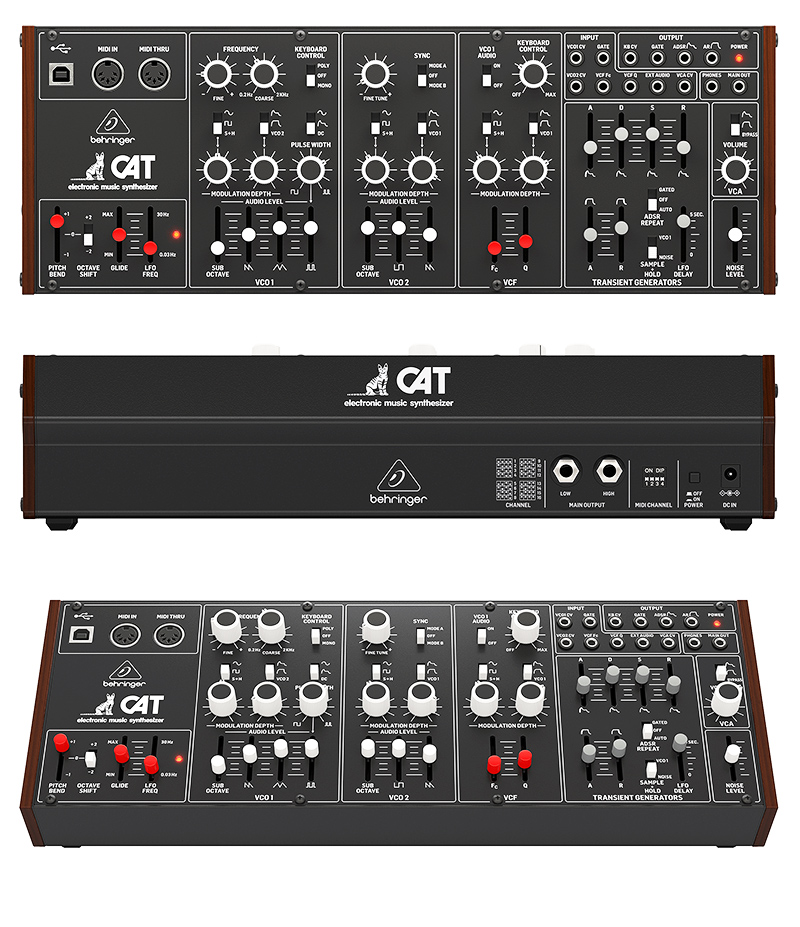
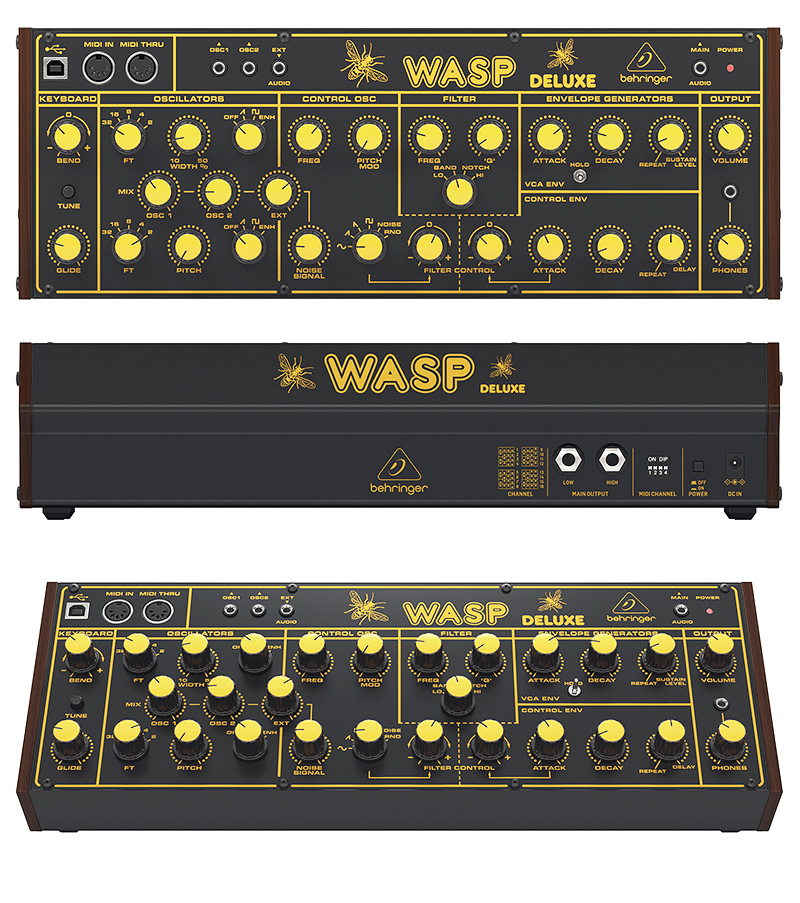
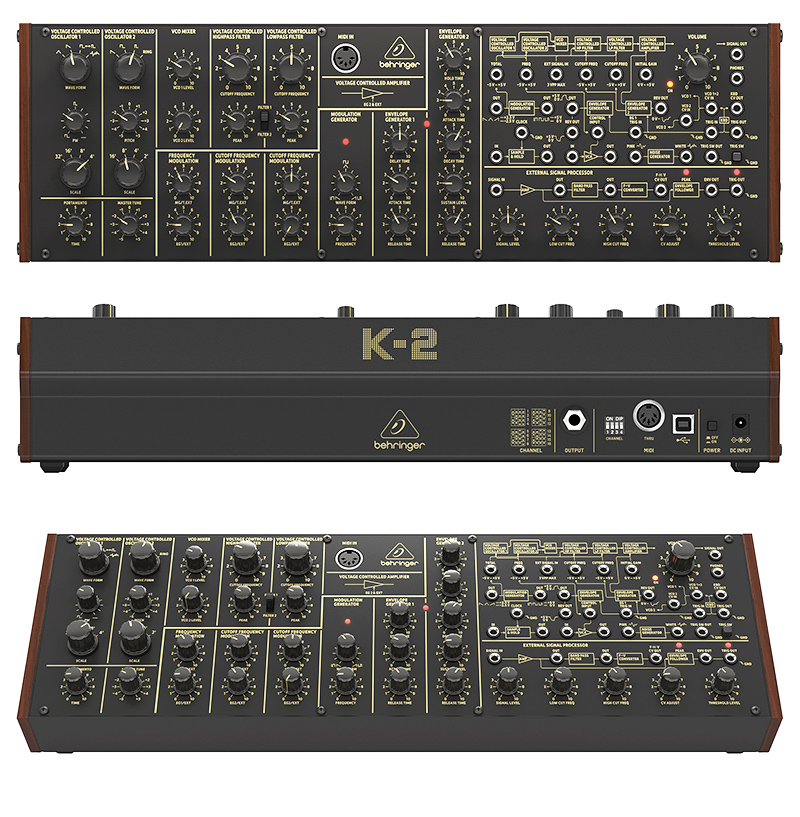
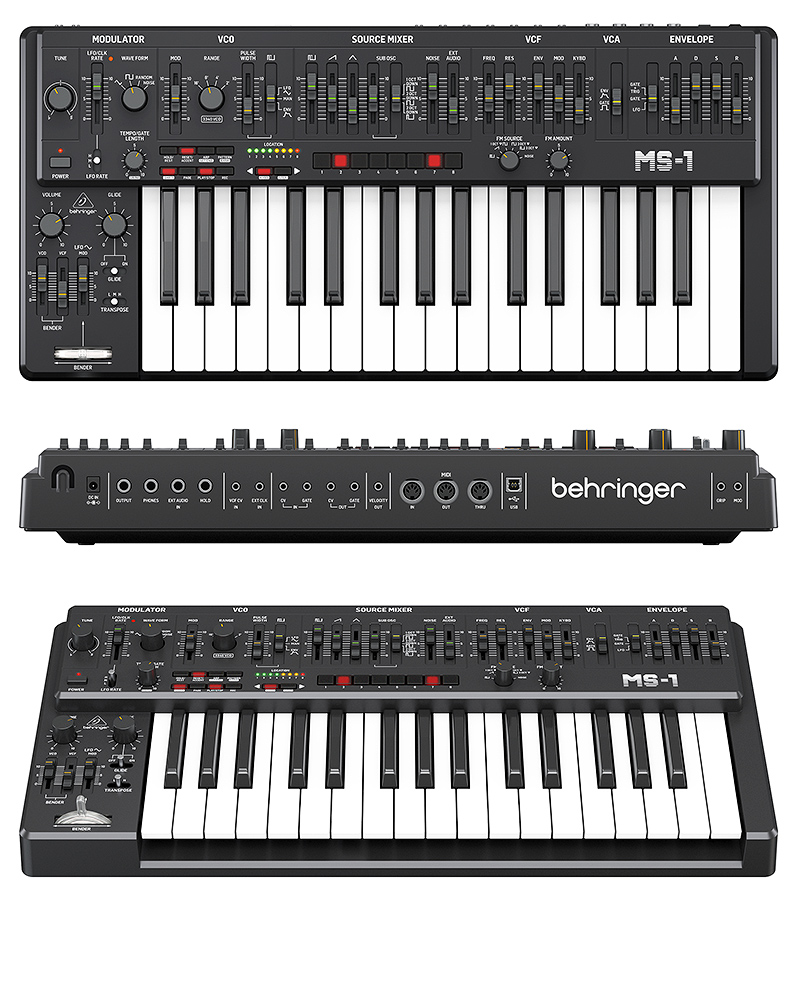

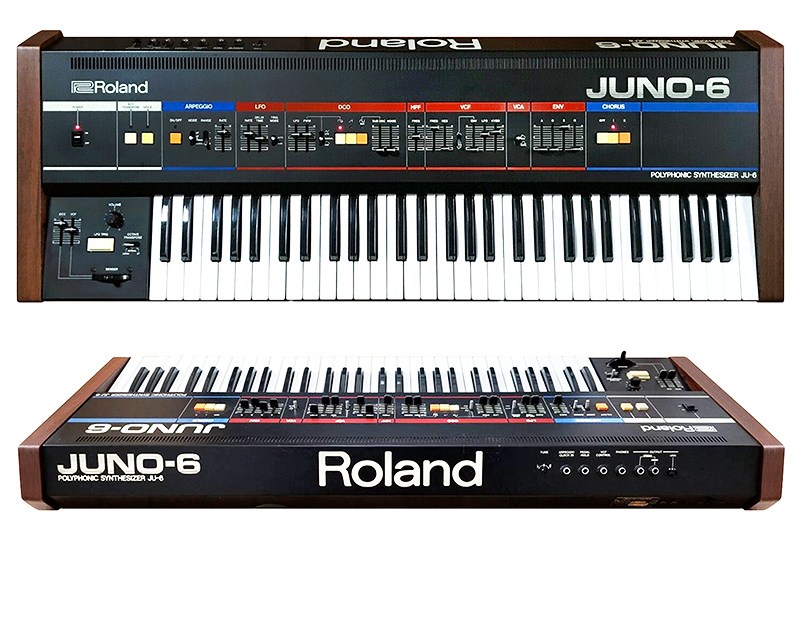
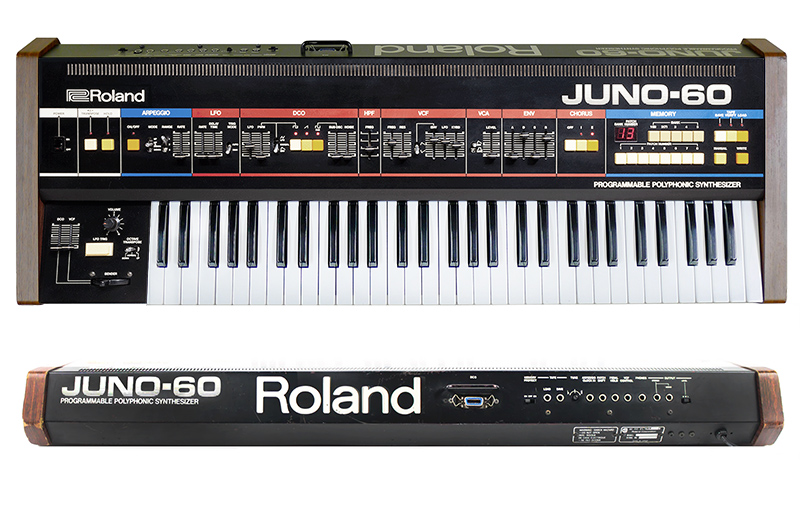
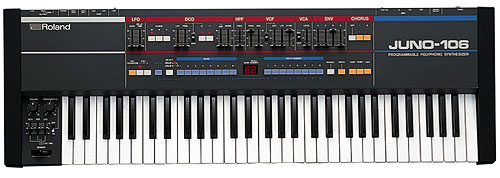
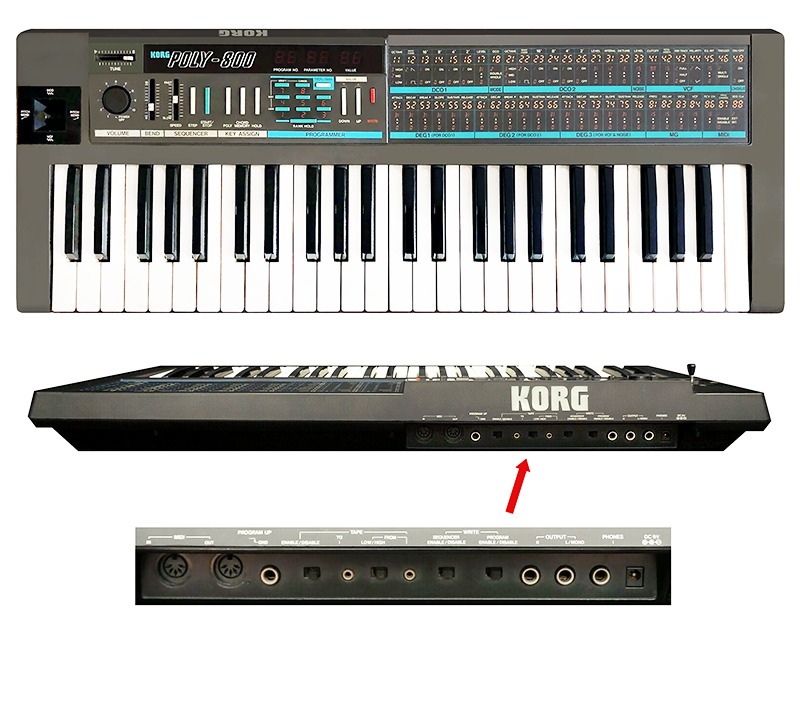
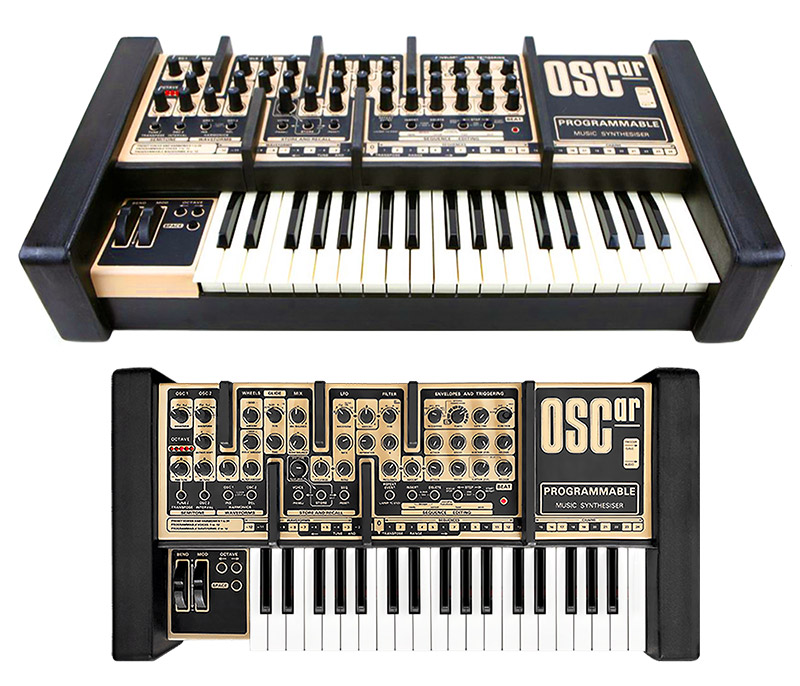
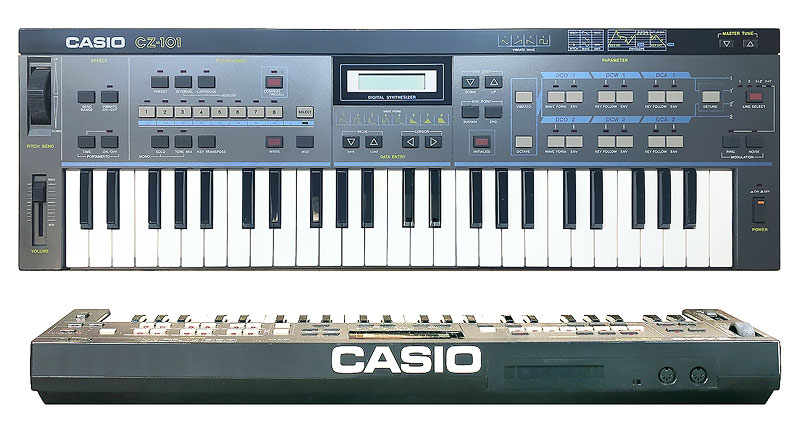
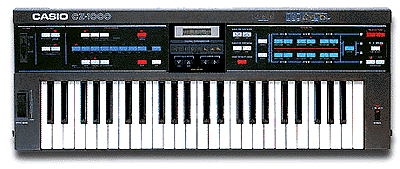
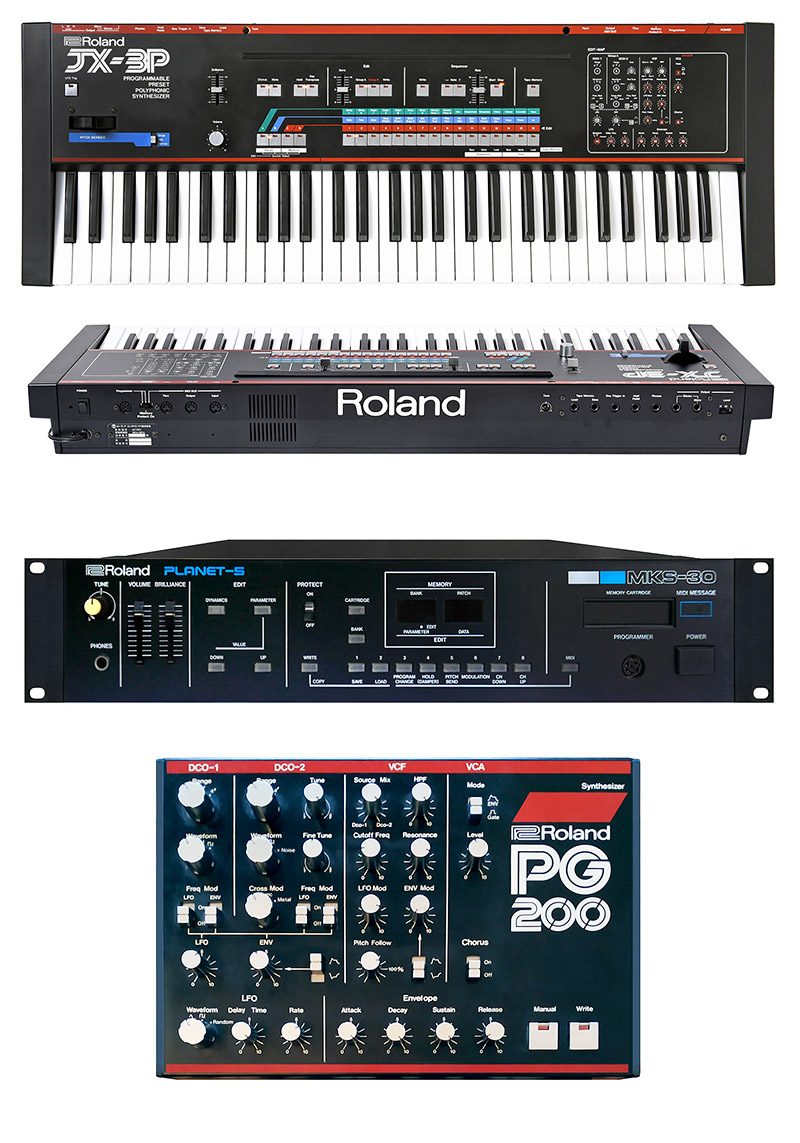

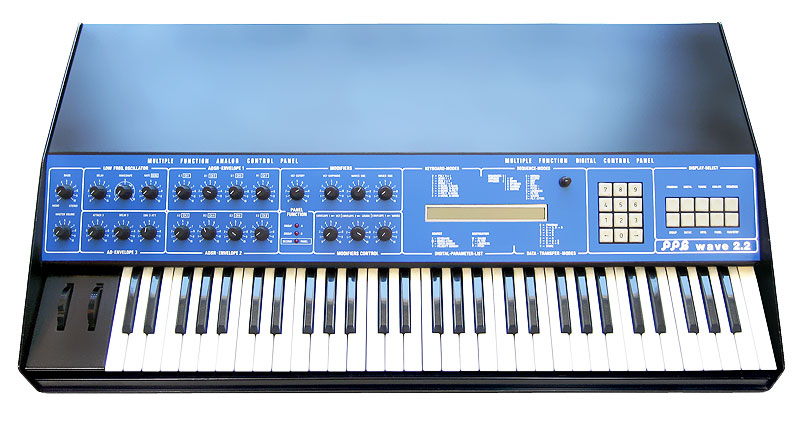
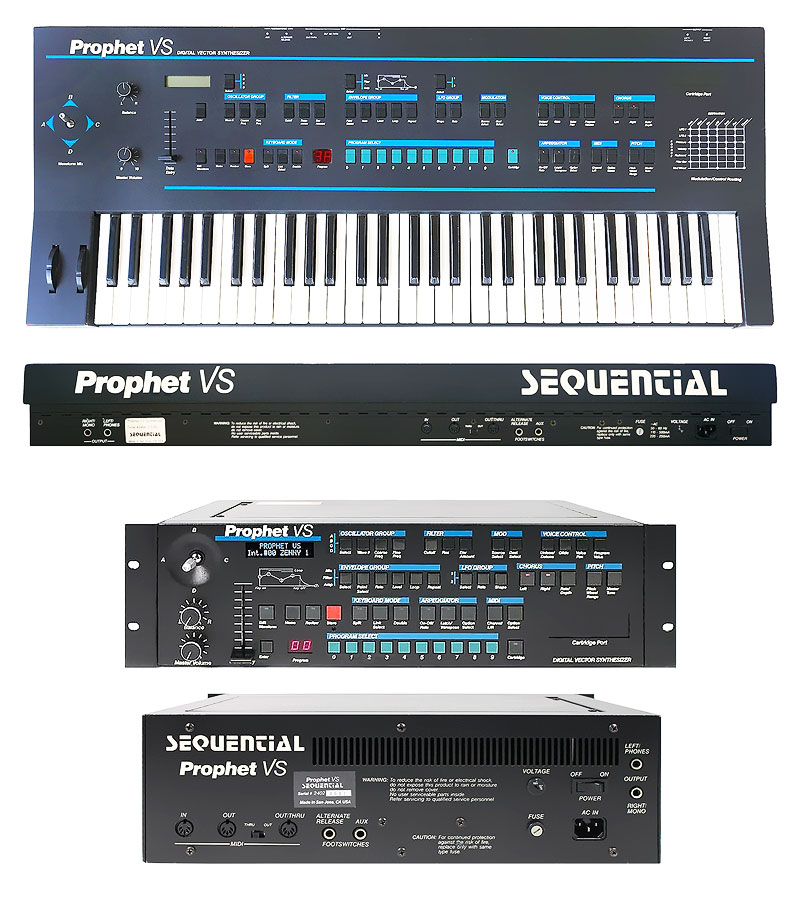
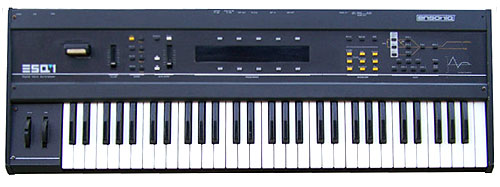

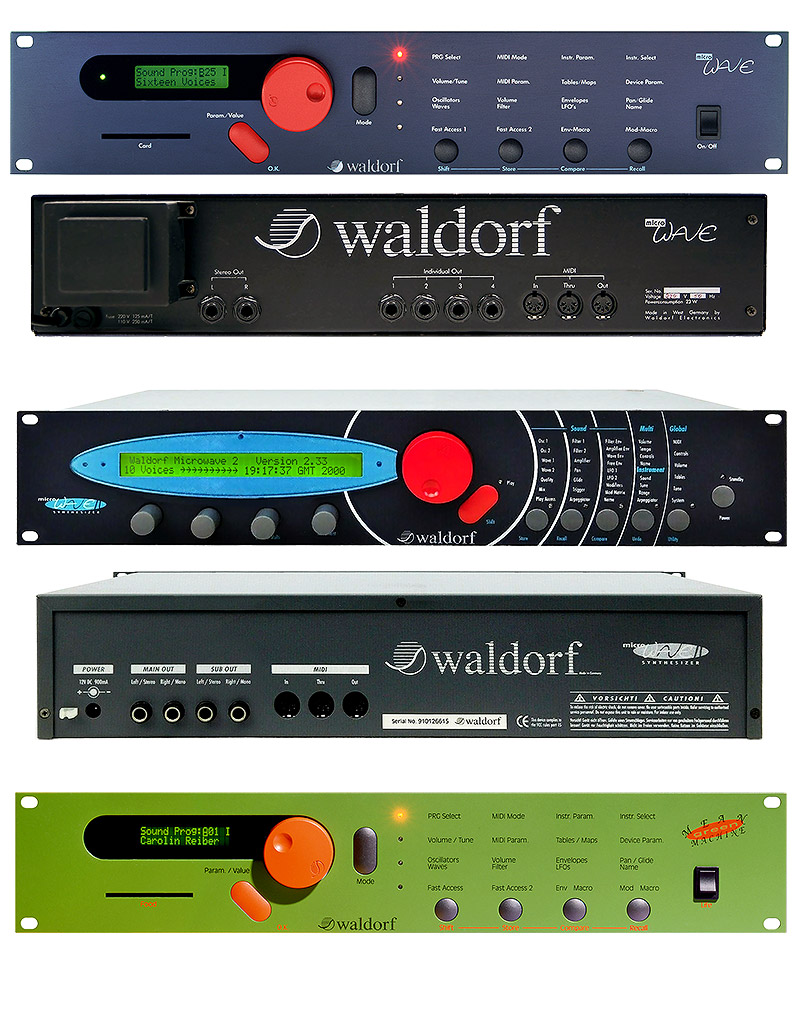
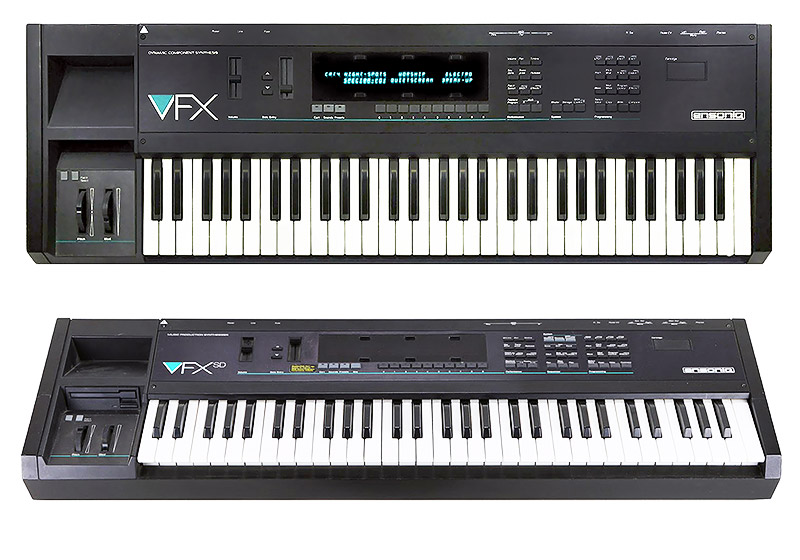
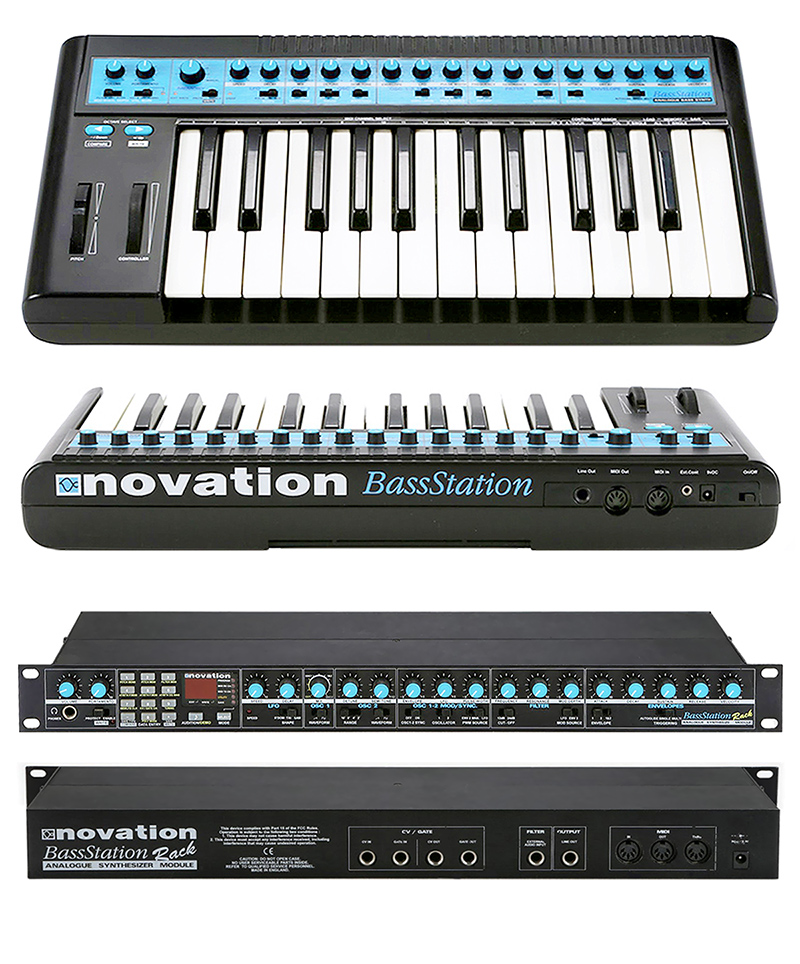

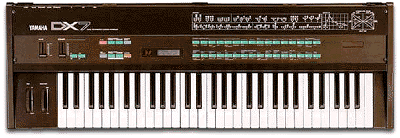
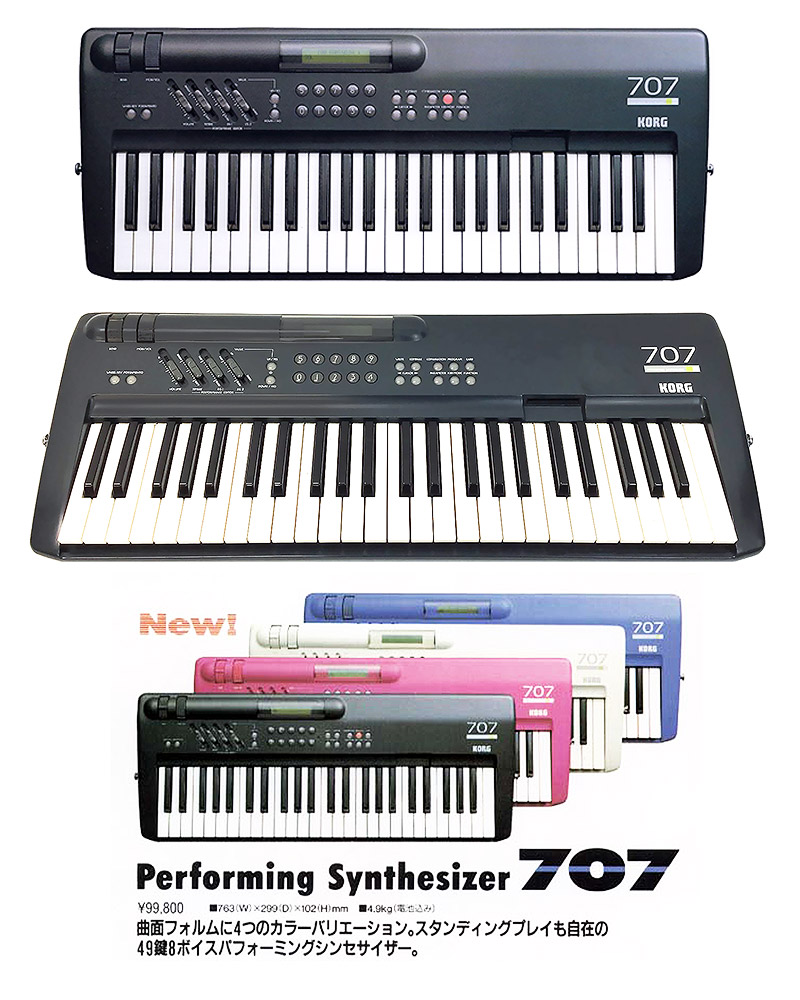
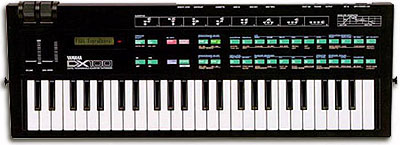
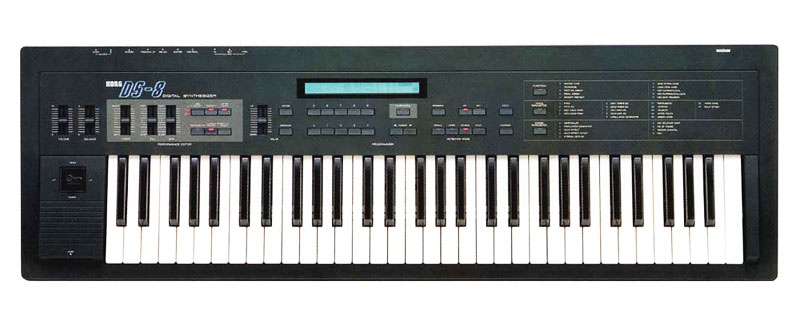
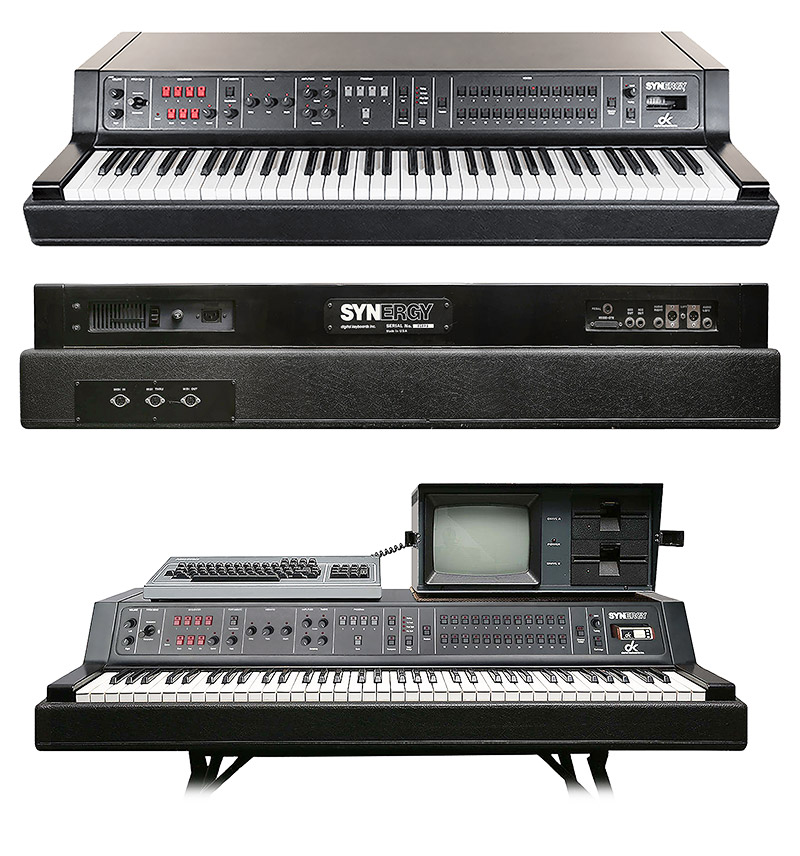
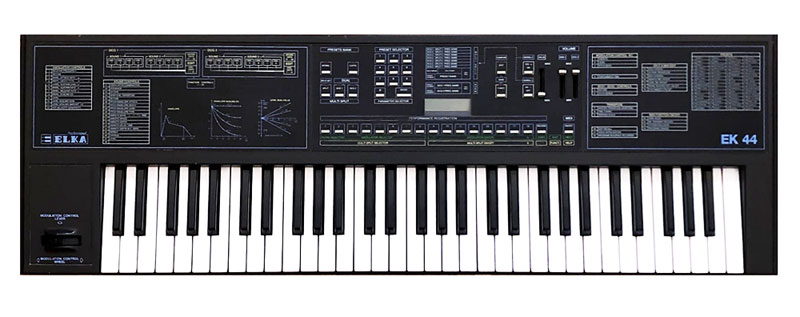
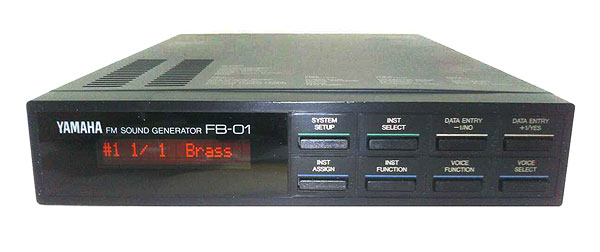


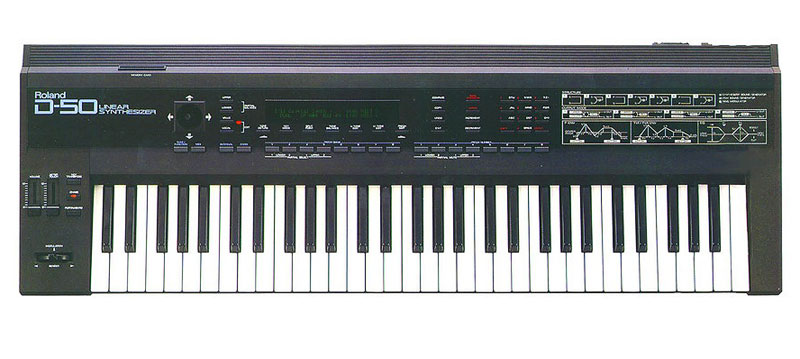
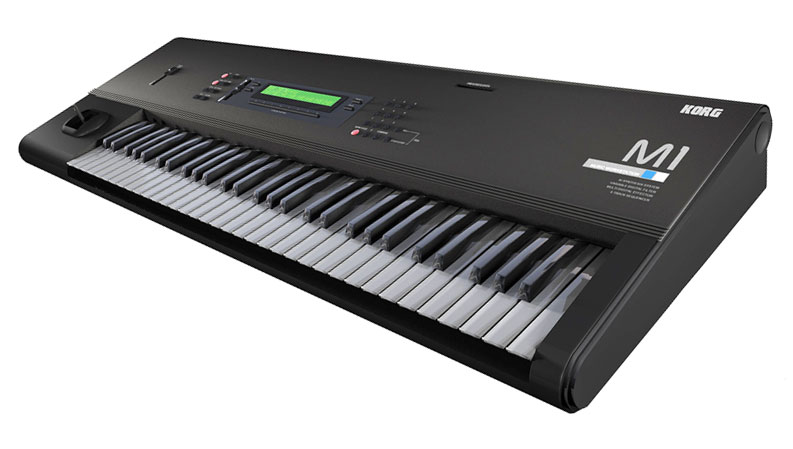
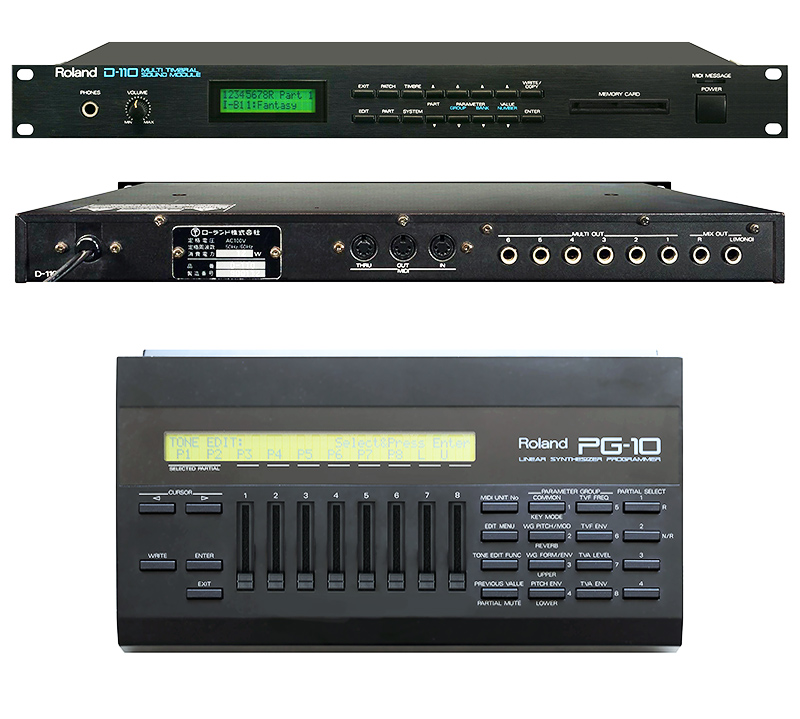
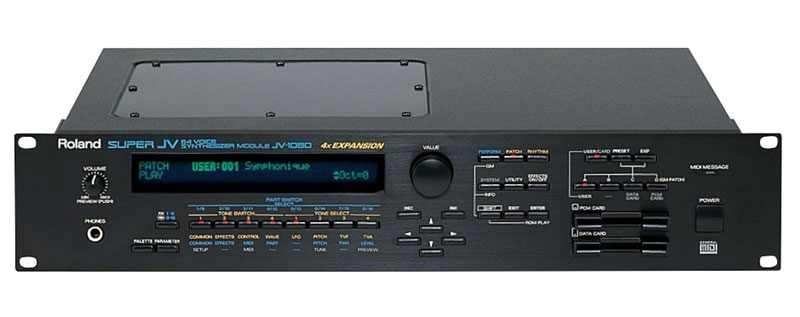
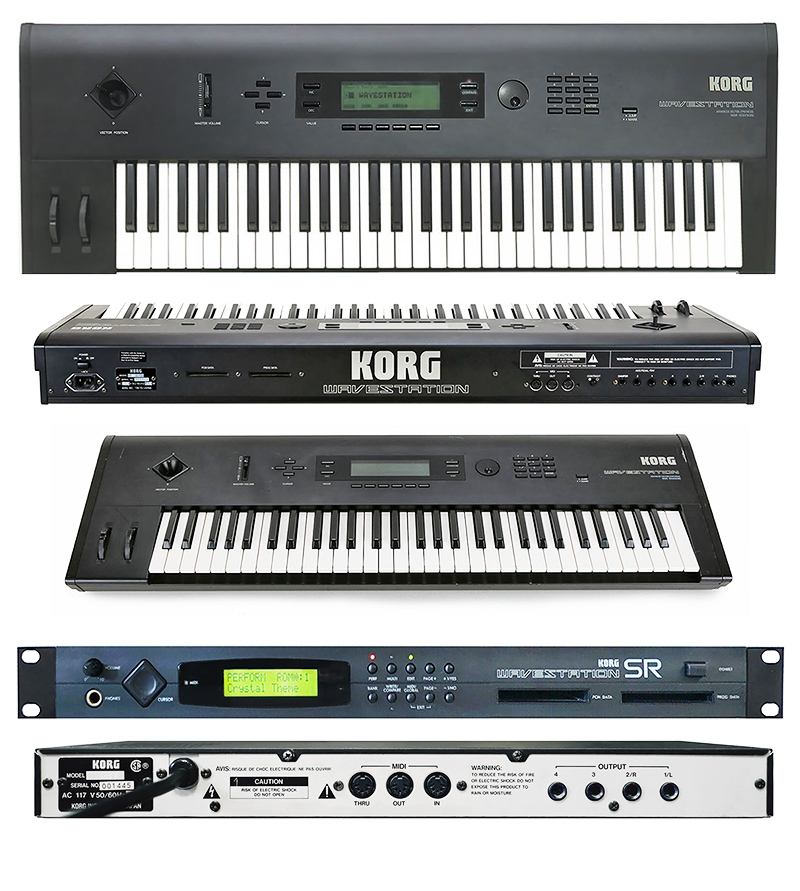
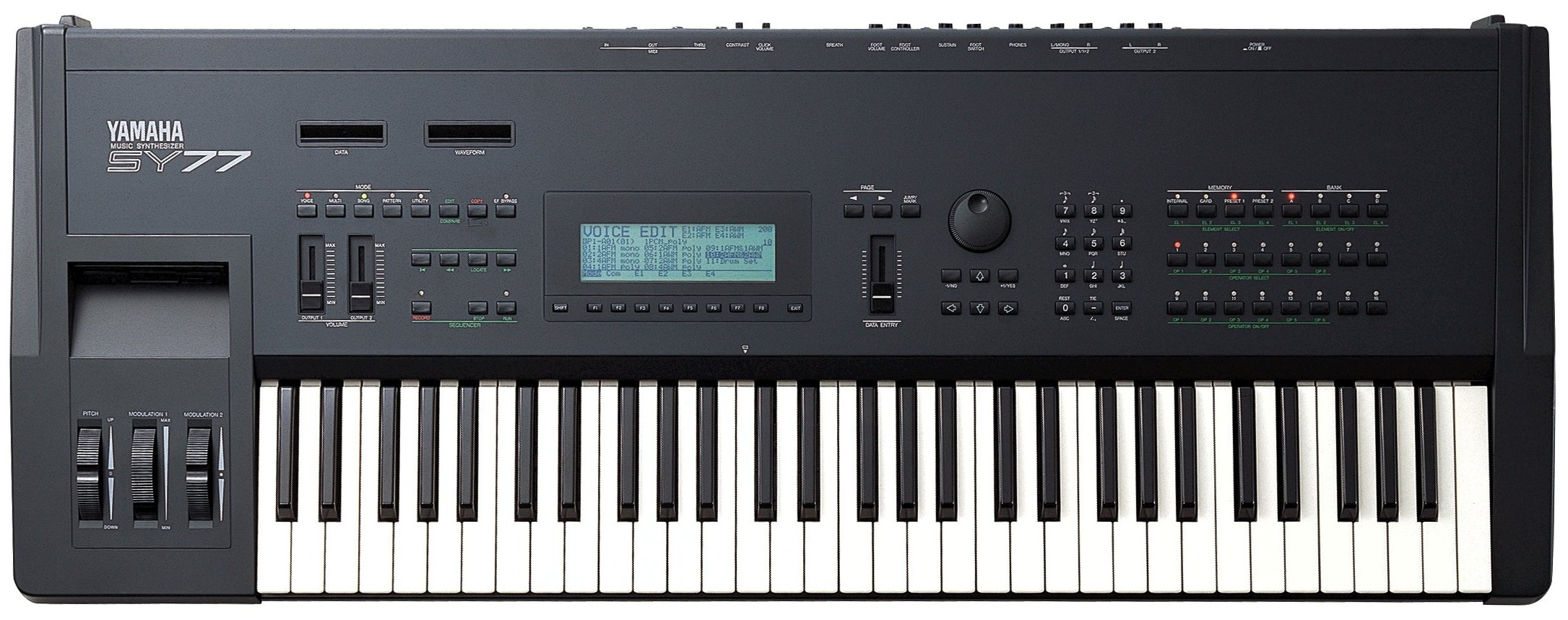
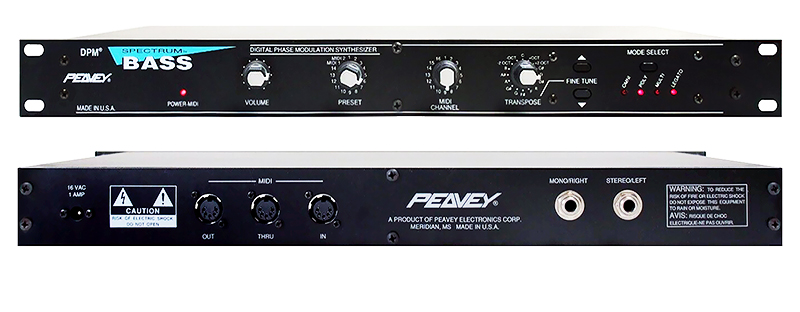



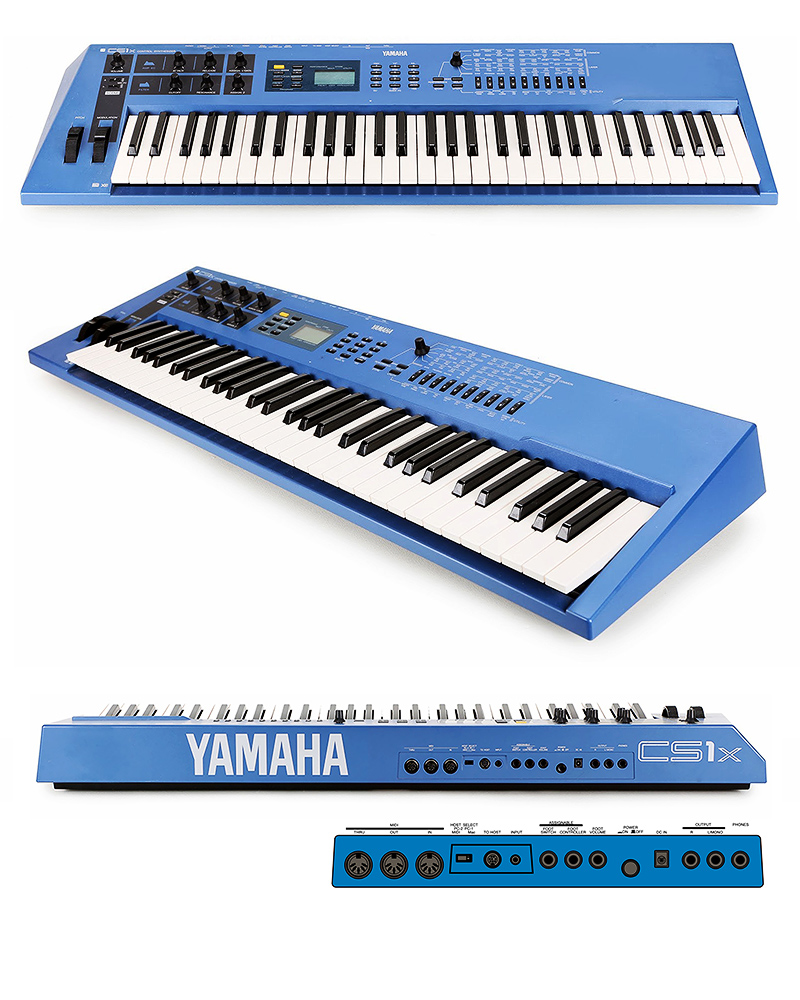
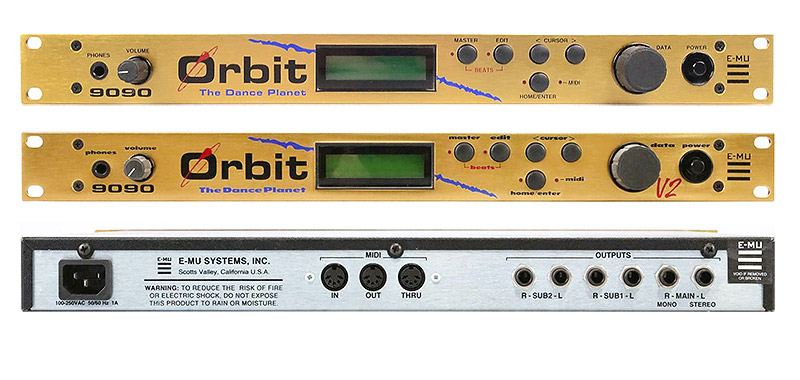
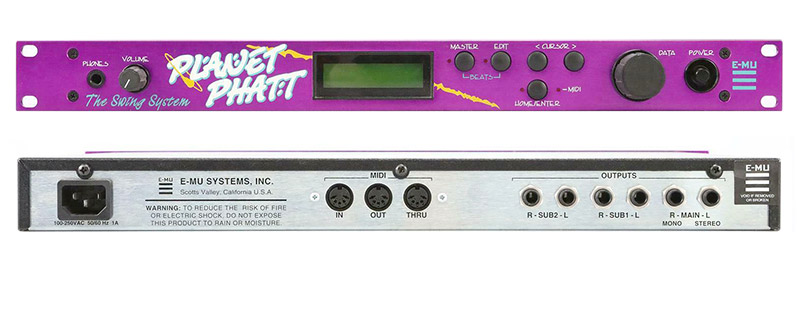
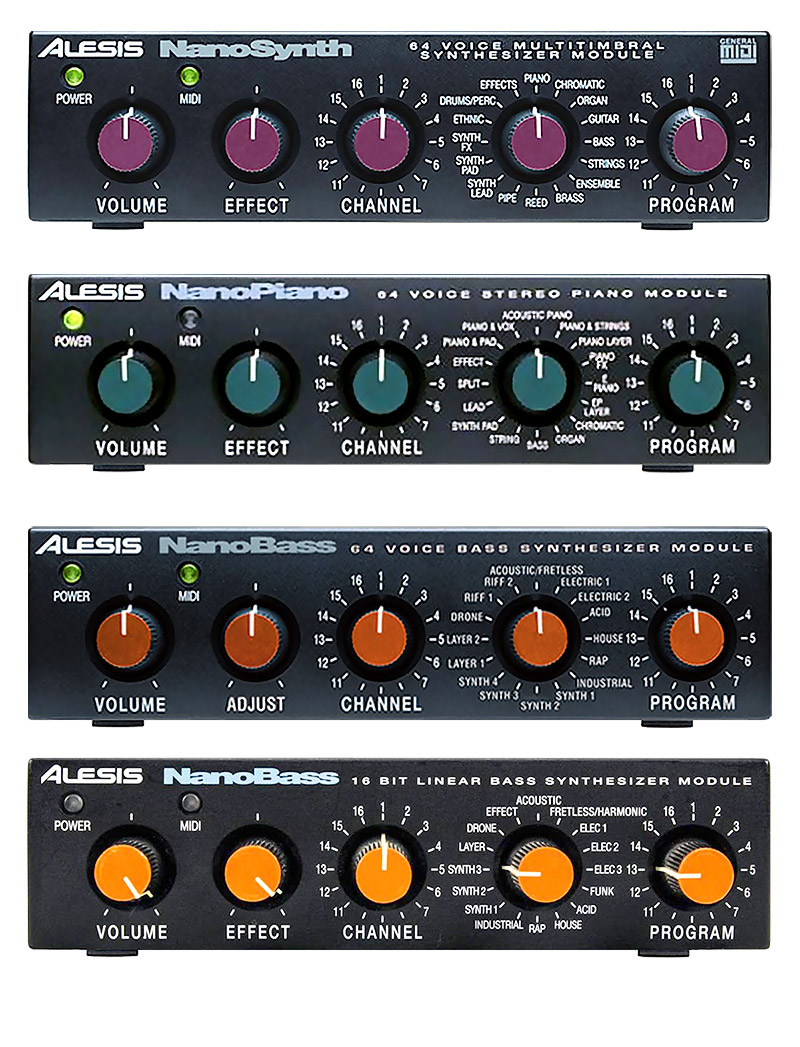
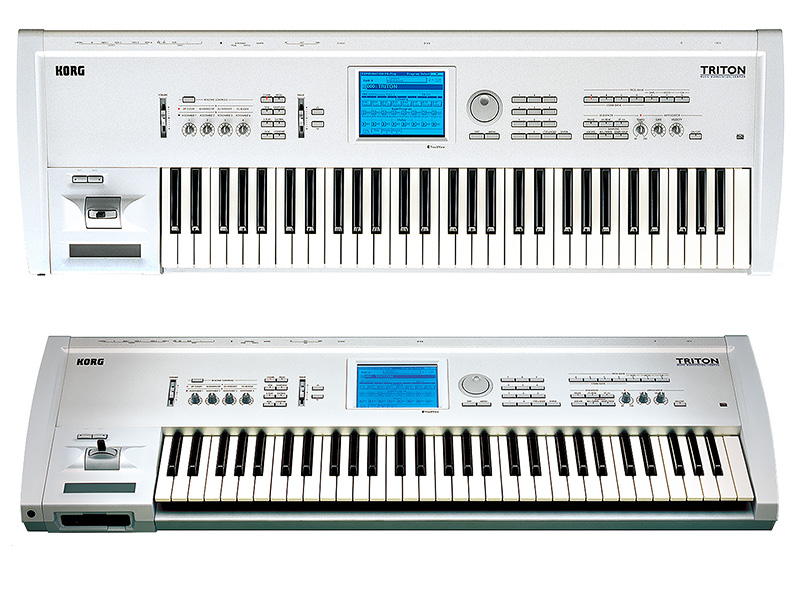

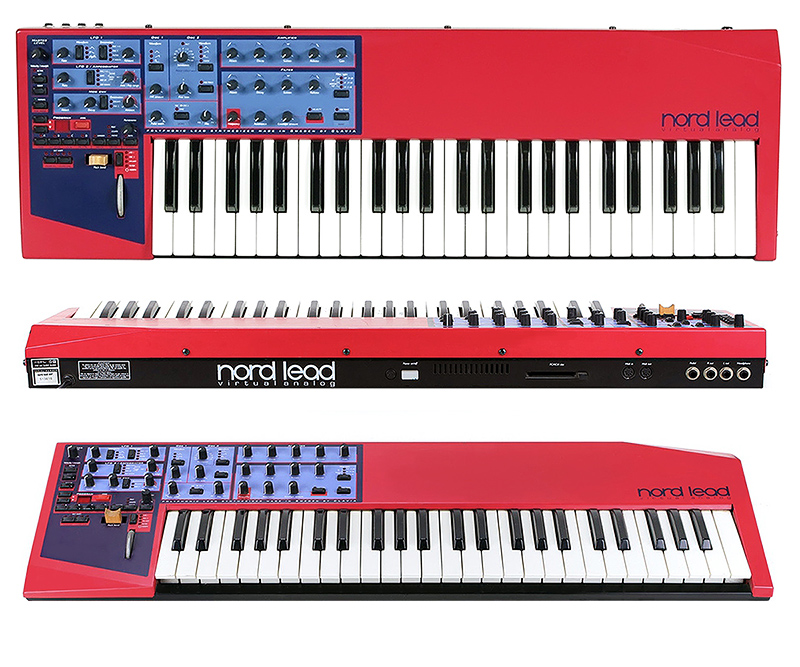

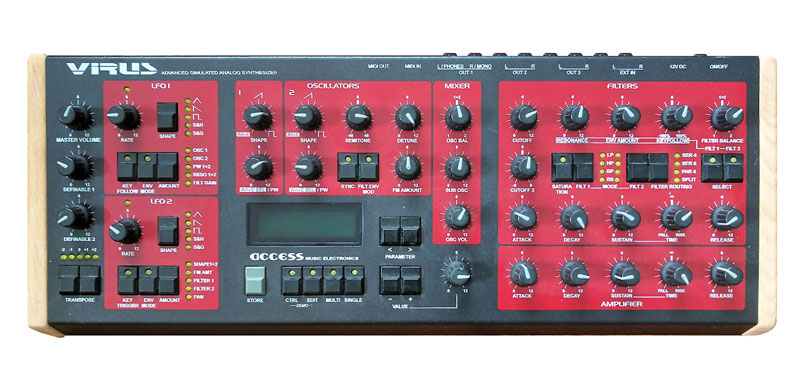
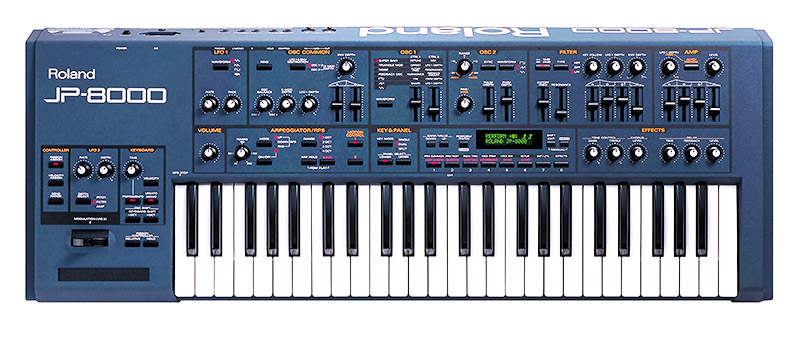
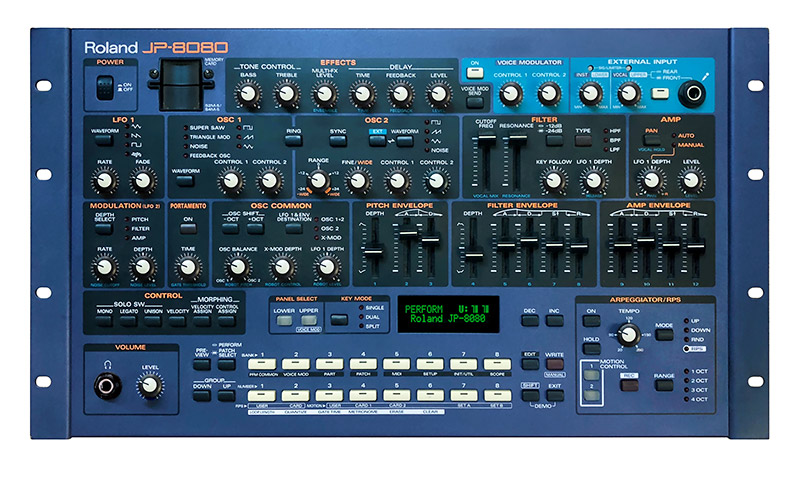
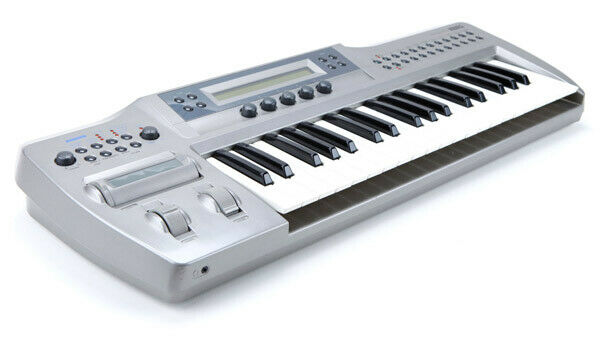
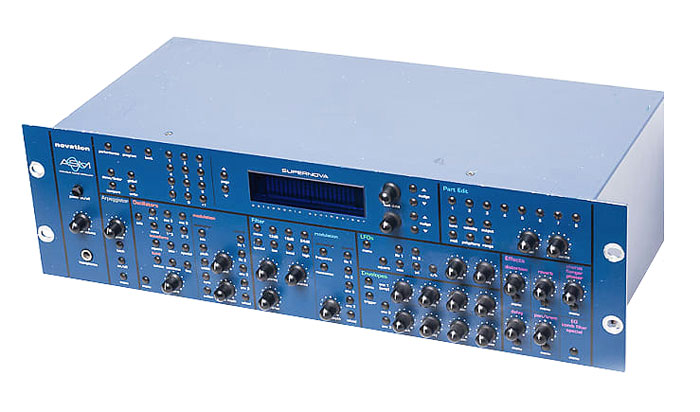
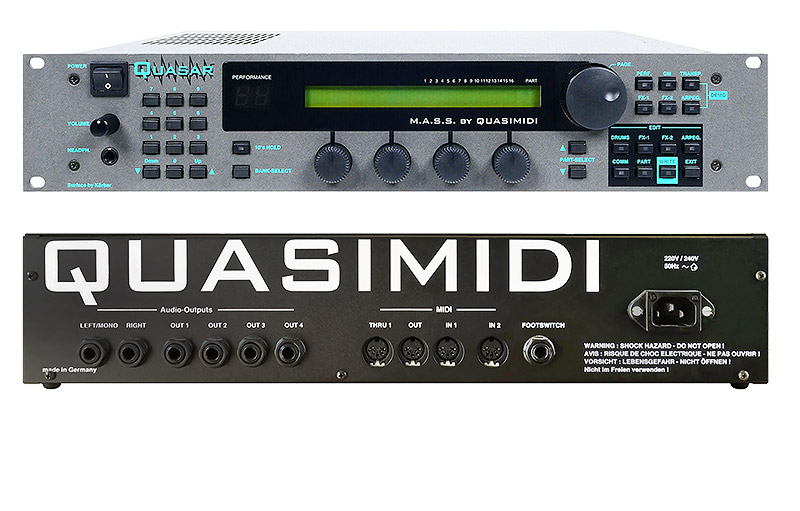
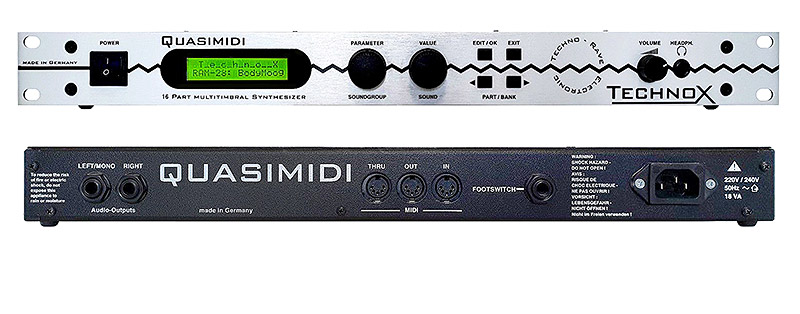
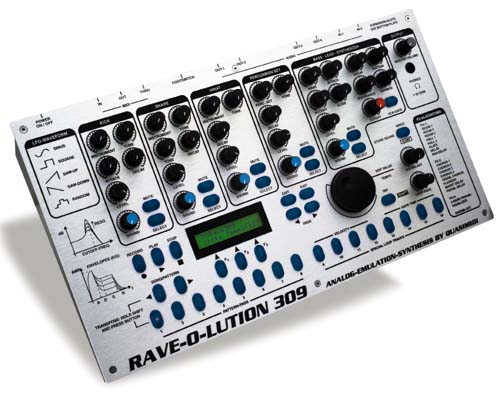

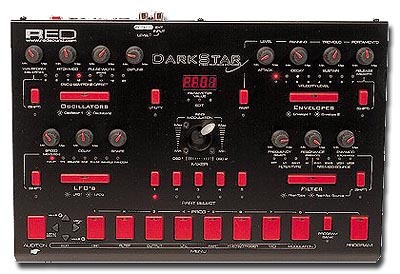
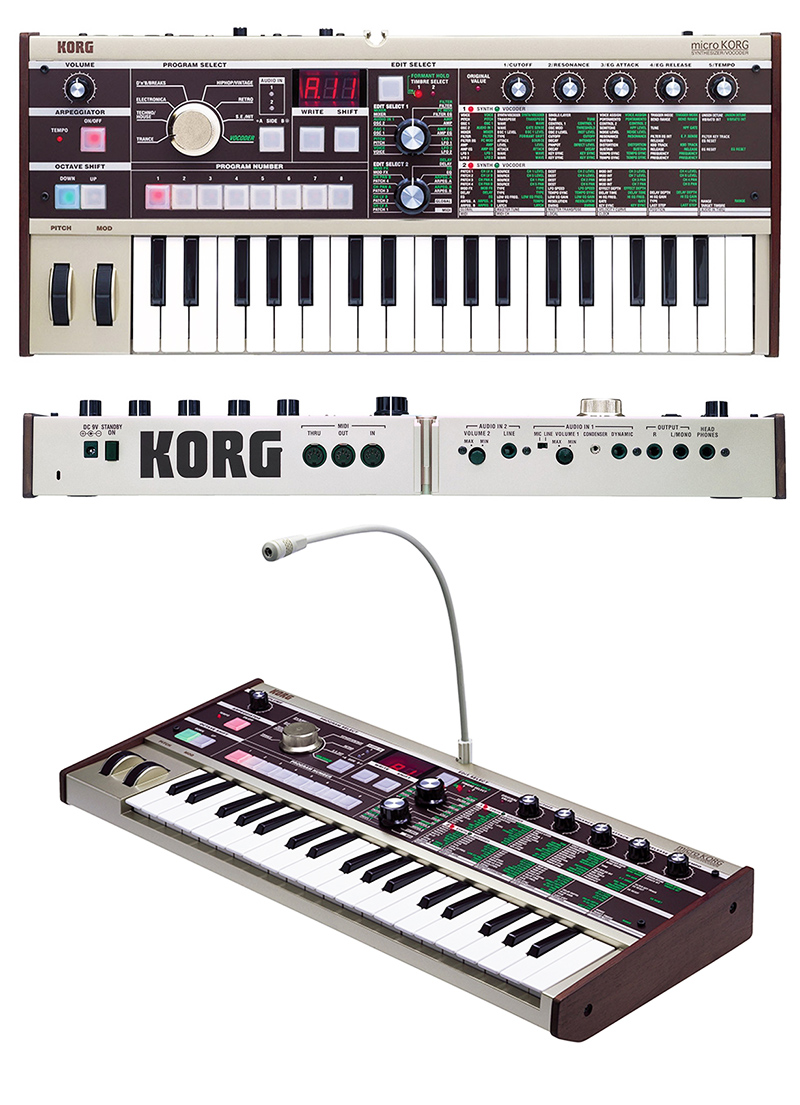
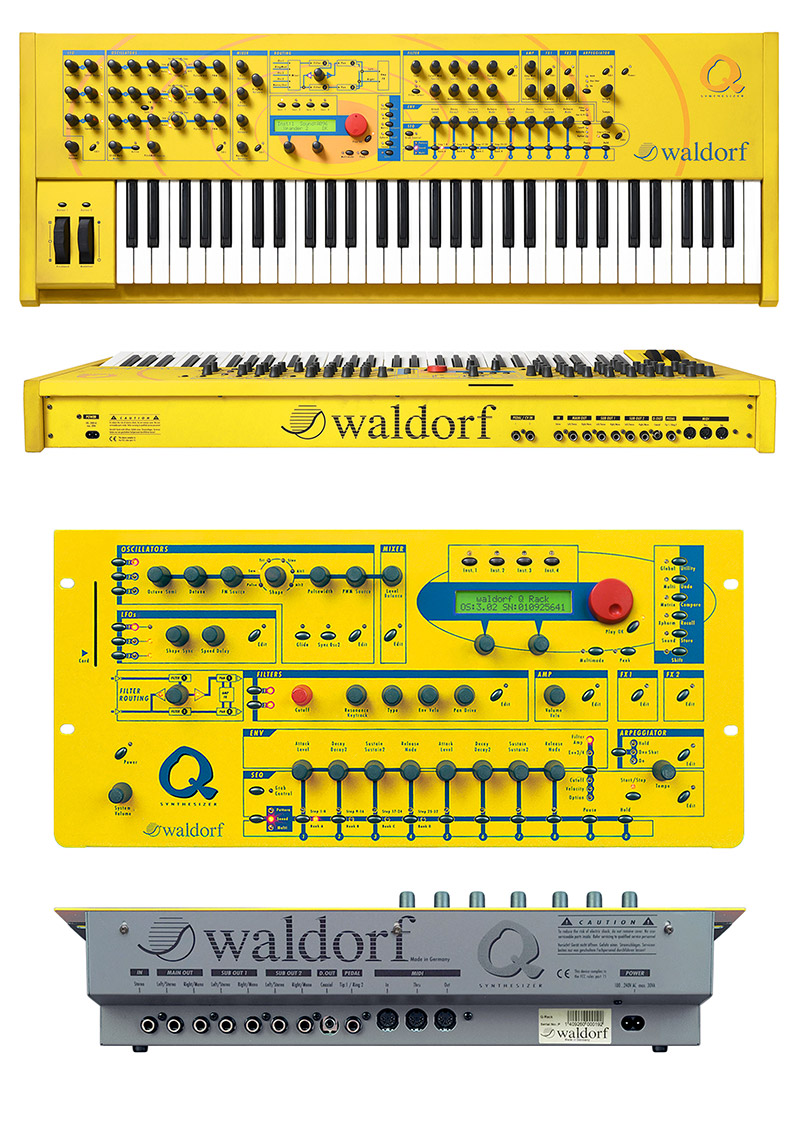
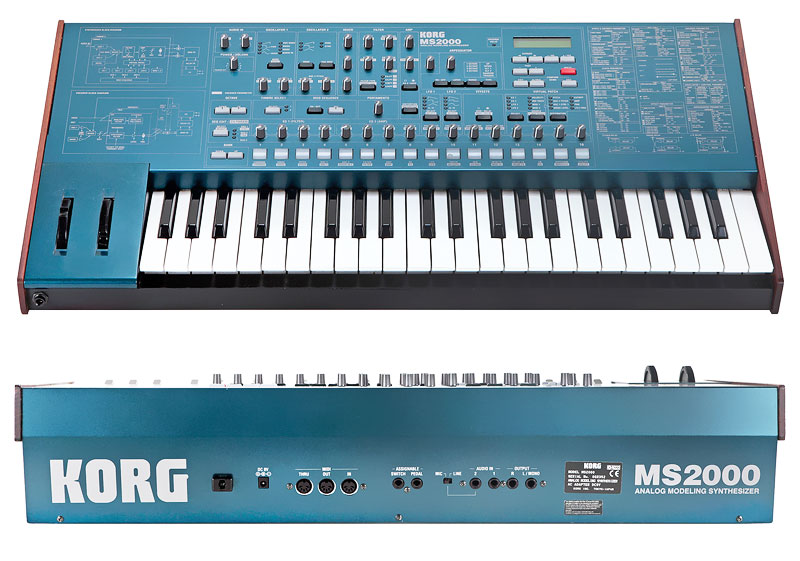
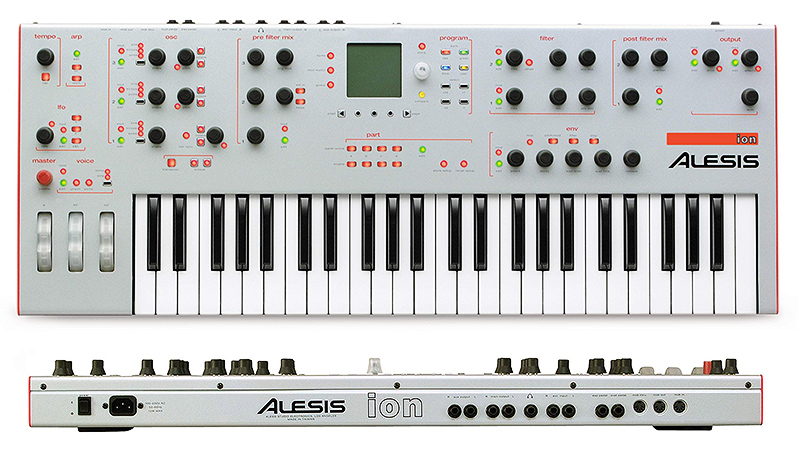
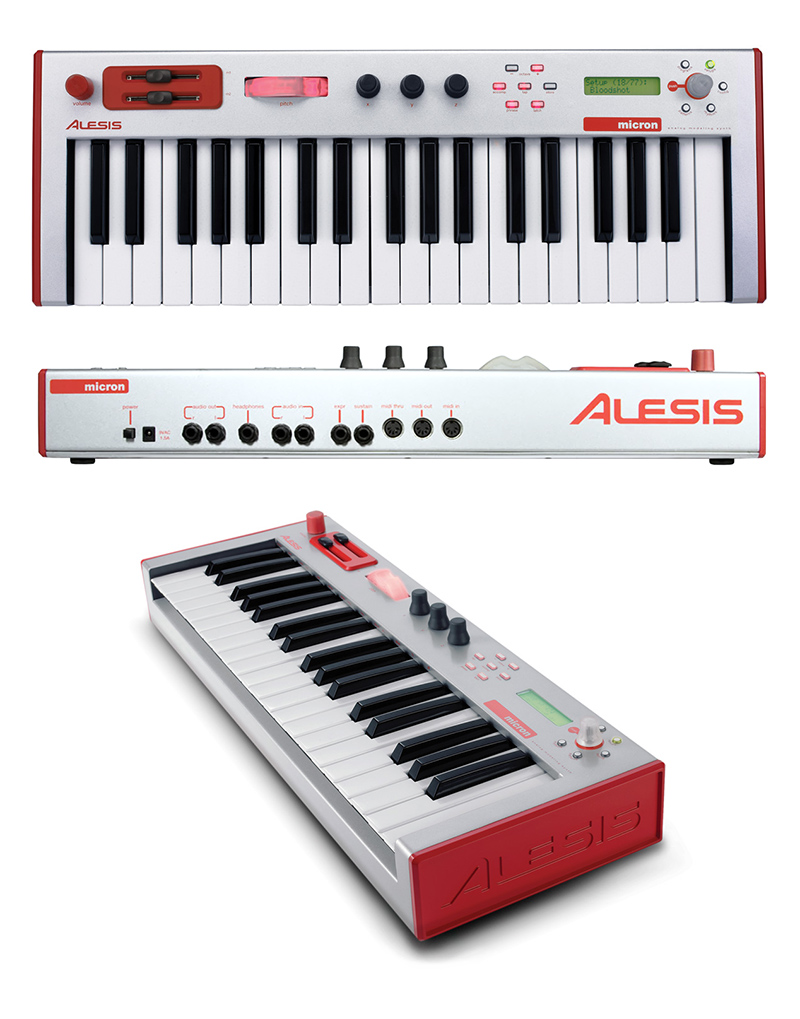

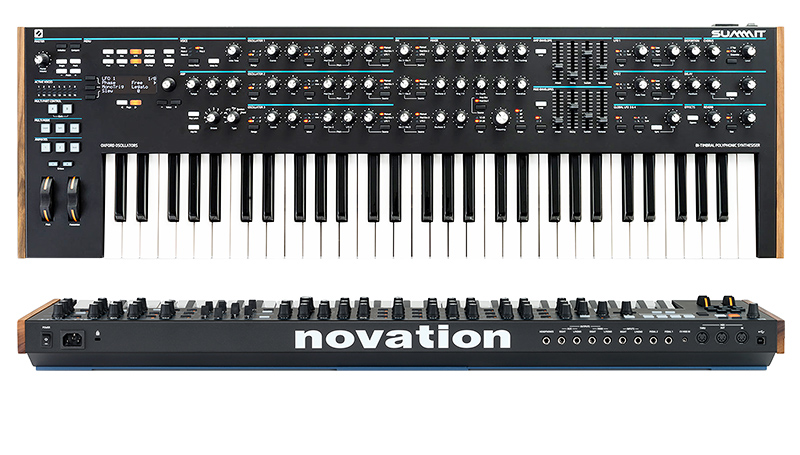

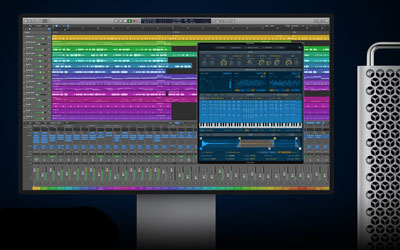
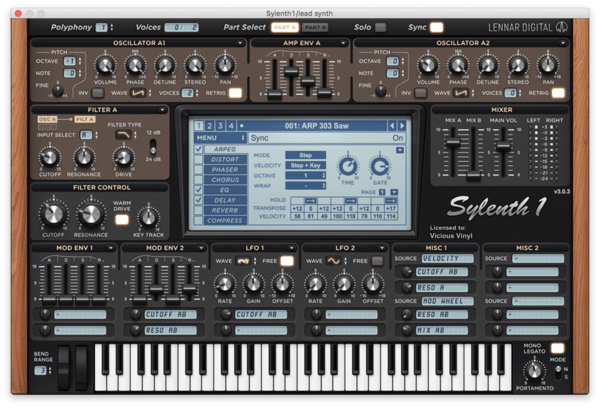
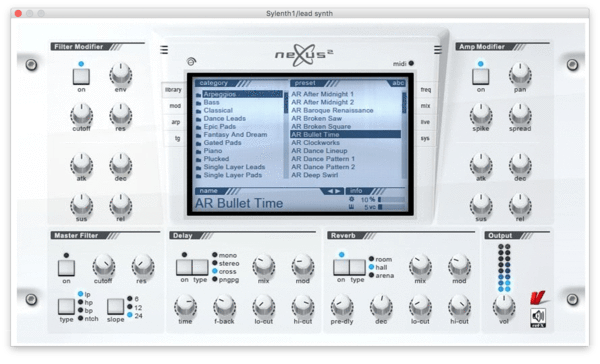
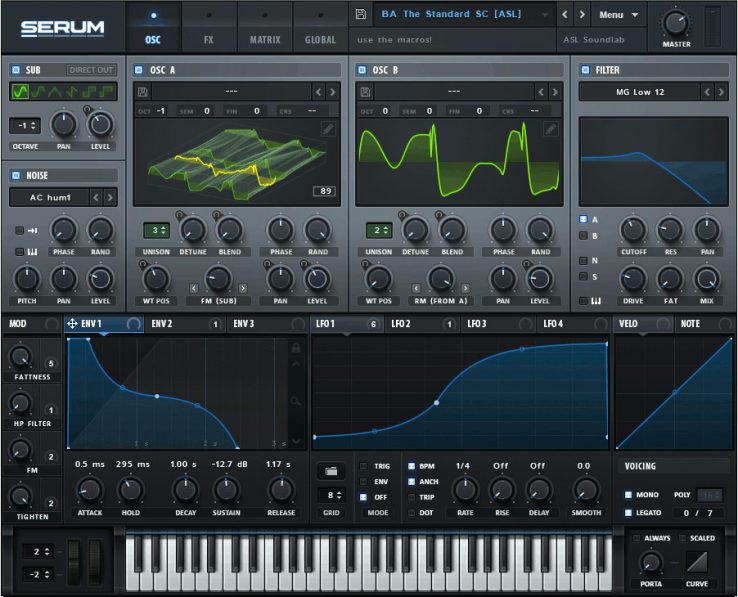
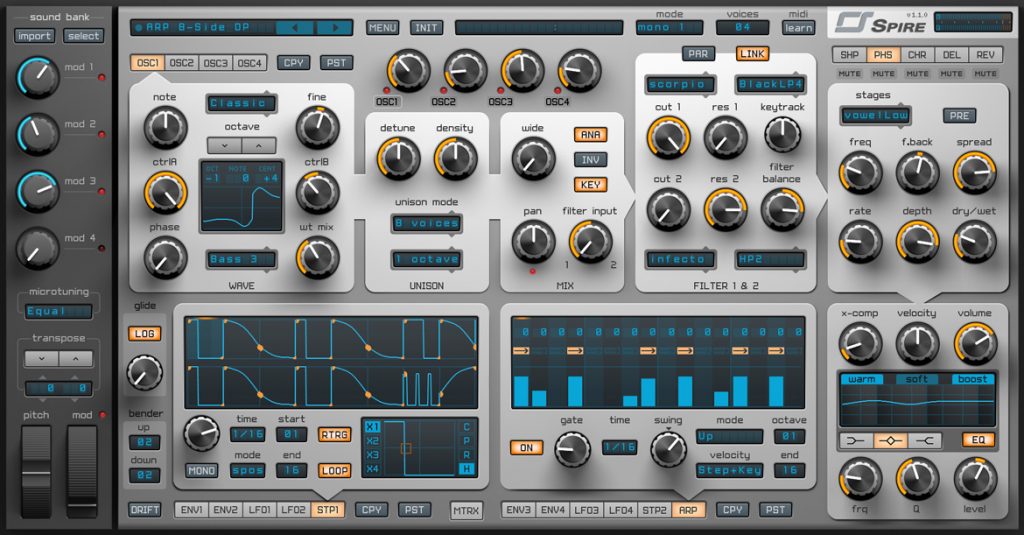
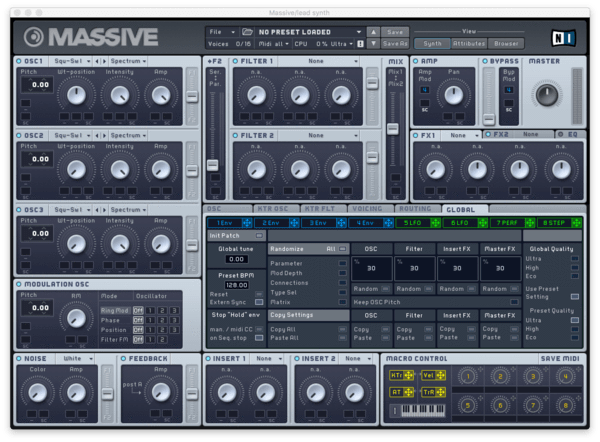
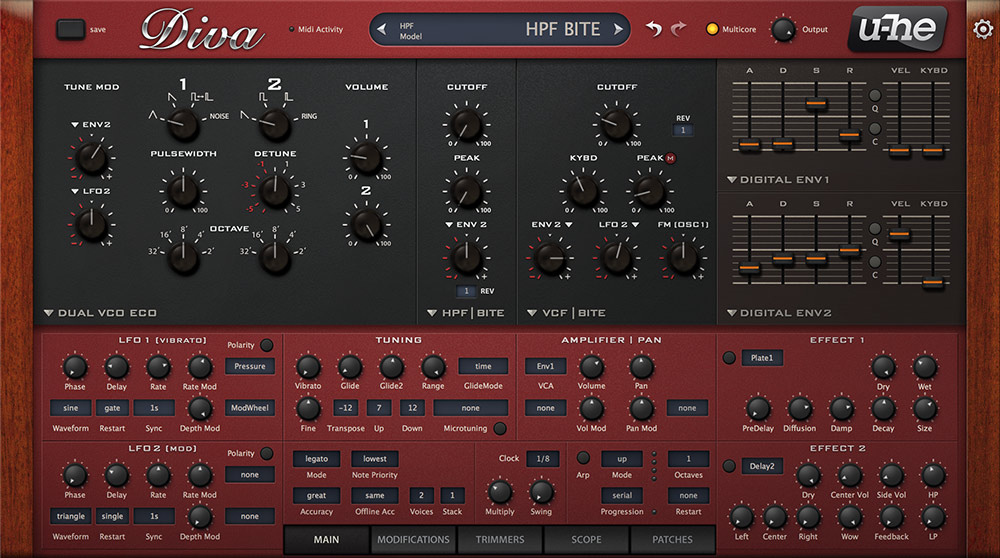
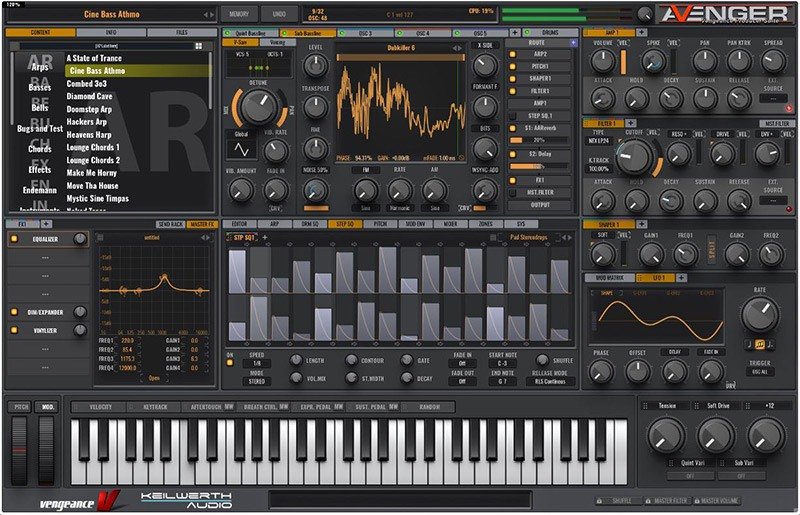
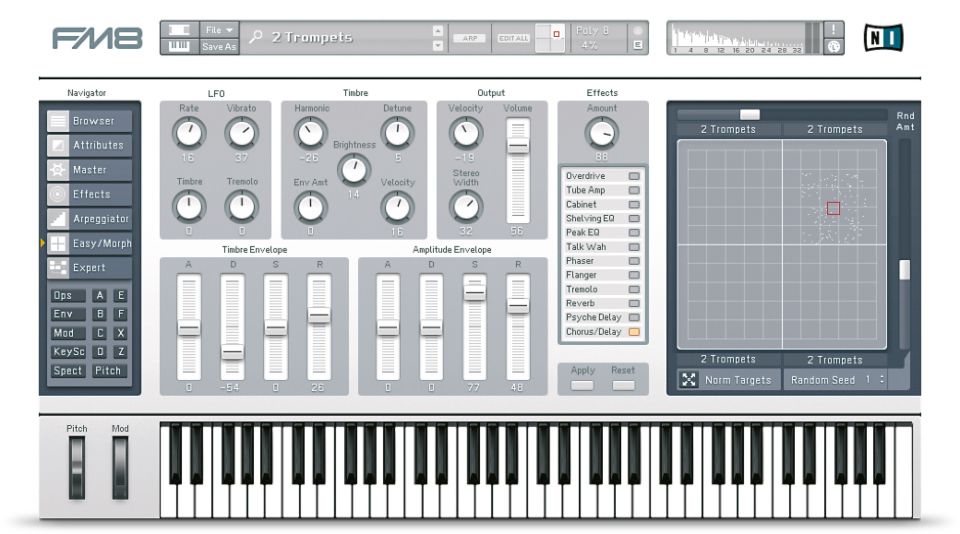
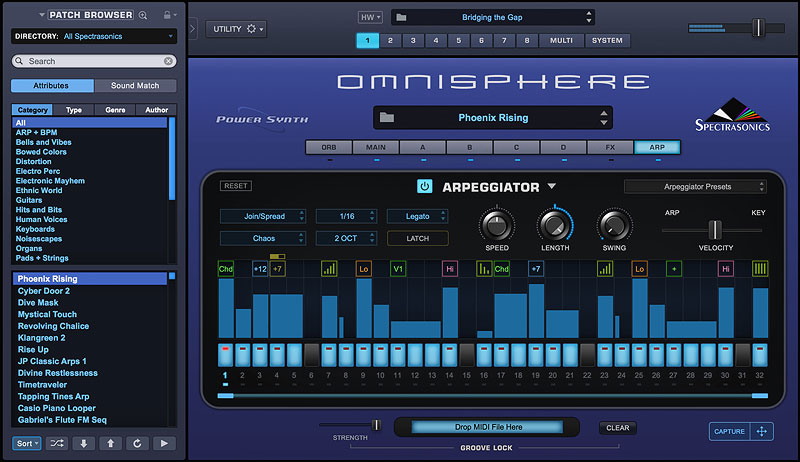
James
23-July-2020
Heading
Heading
Heading
Add a review or comment